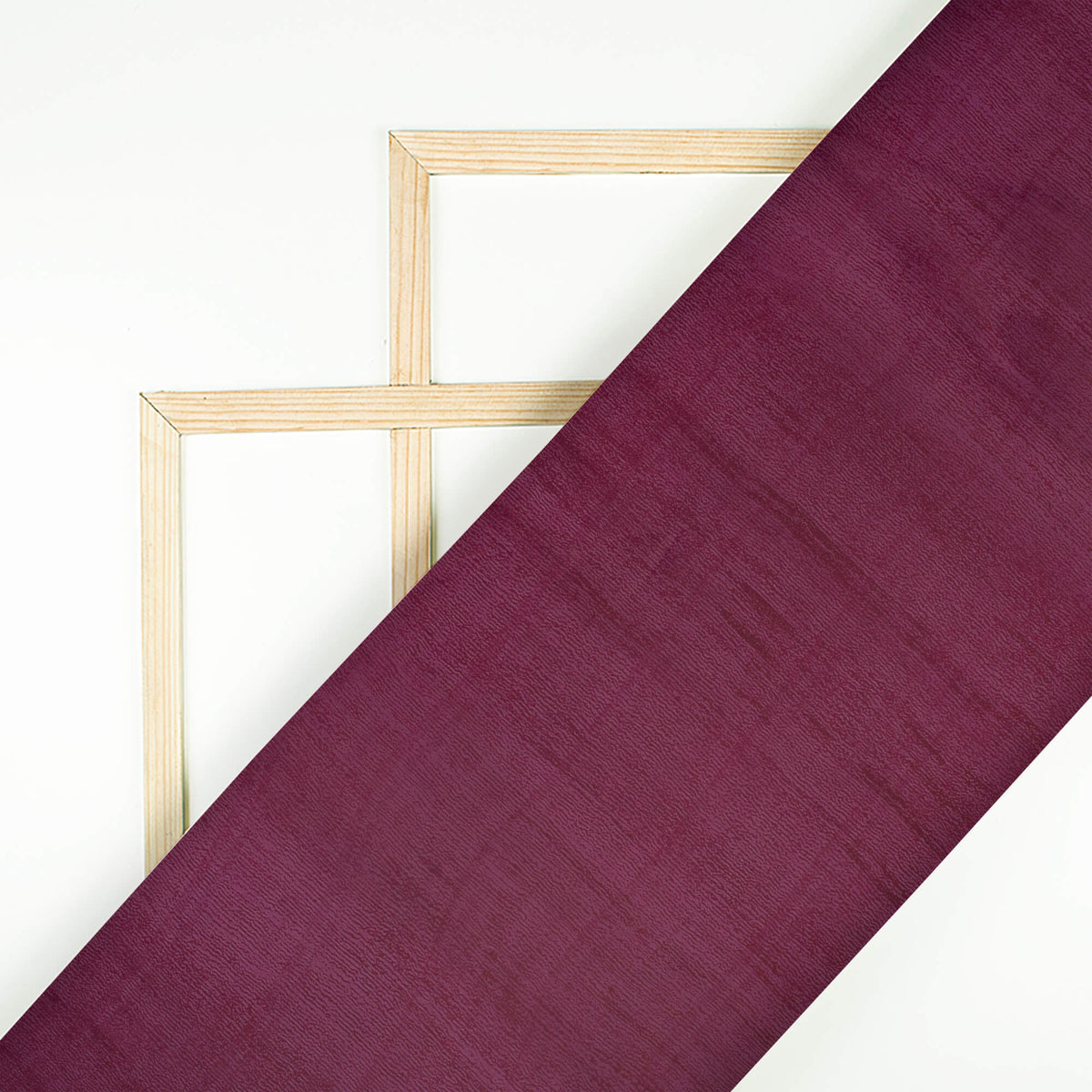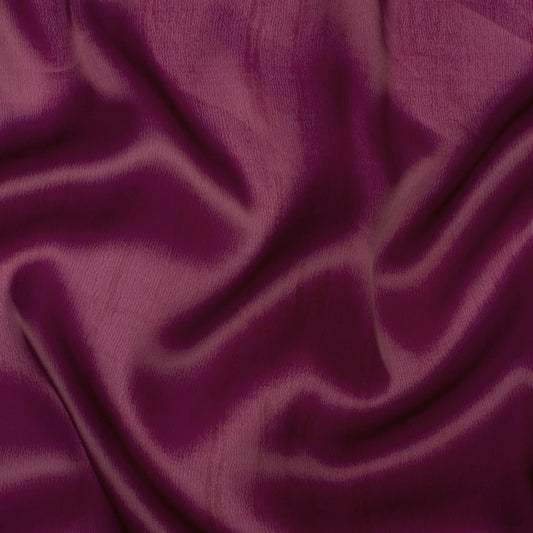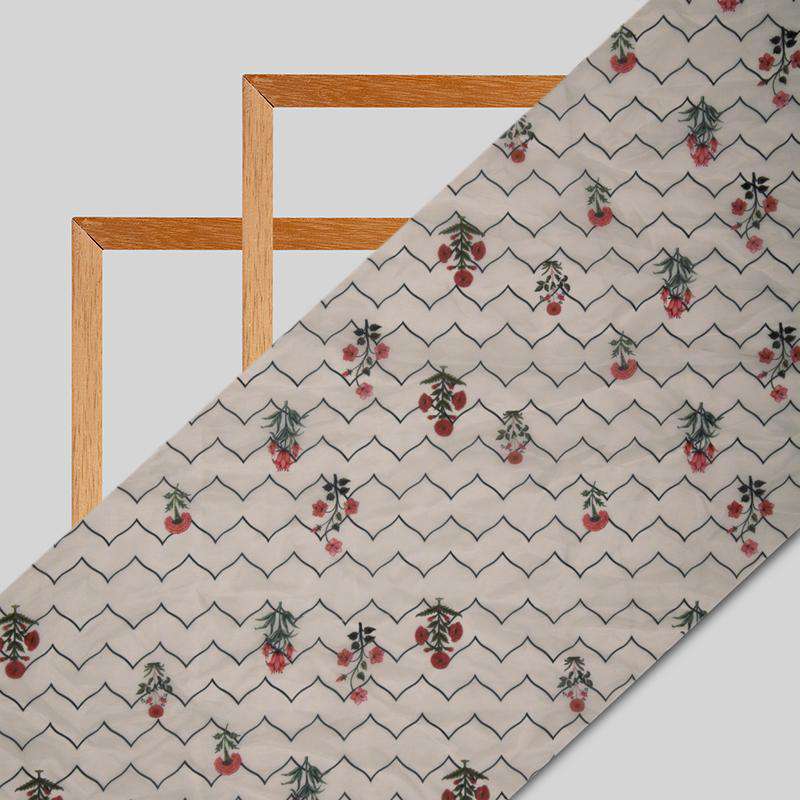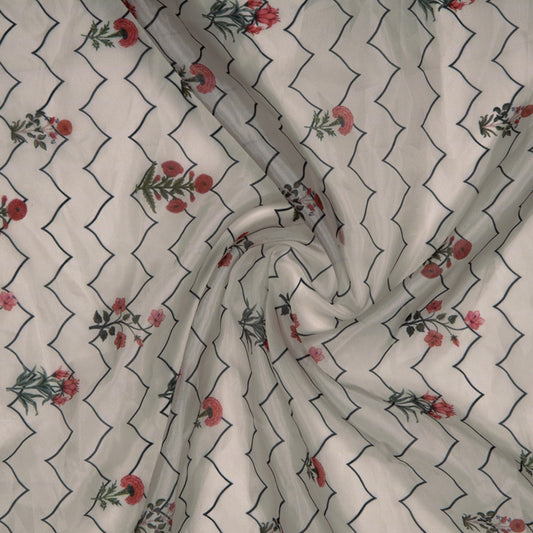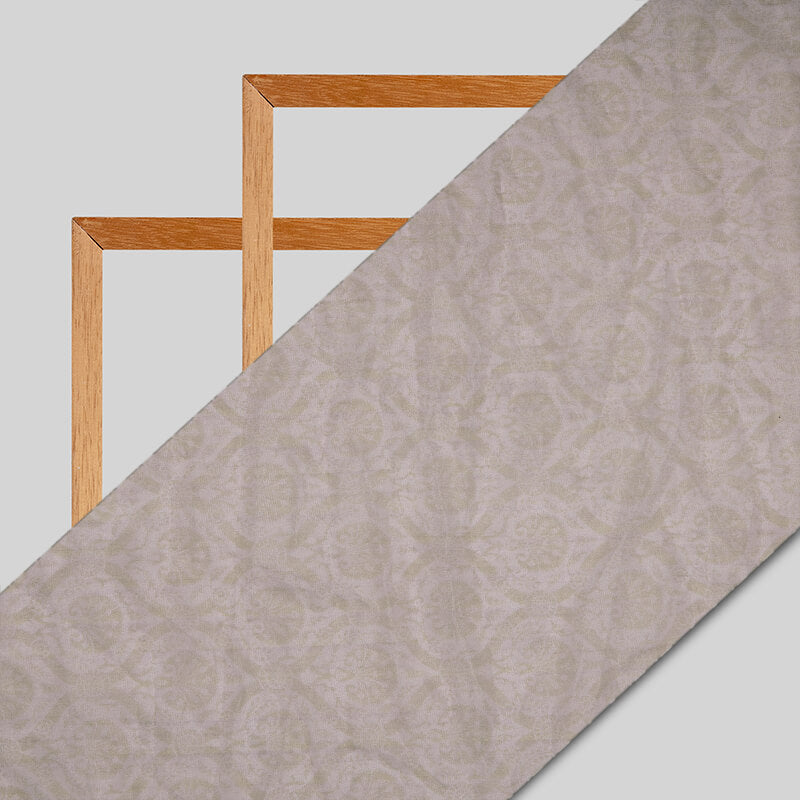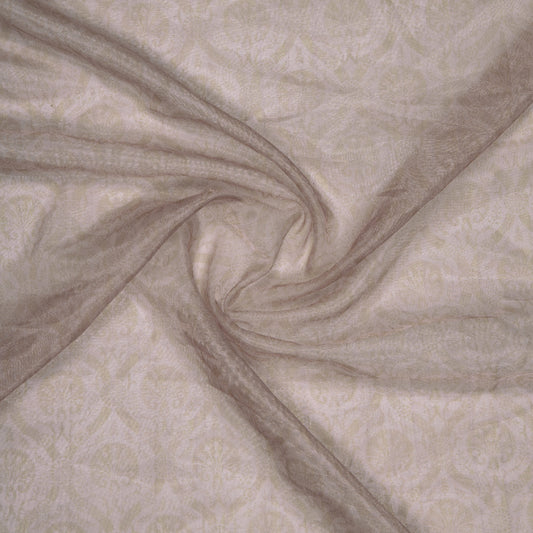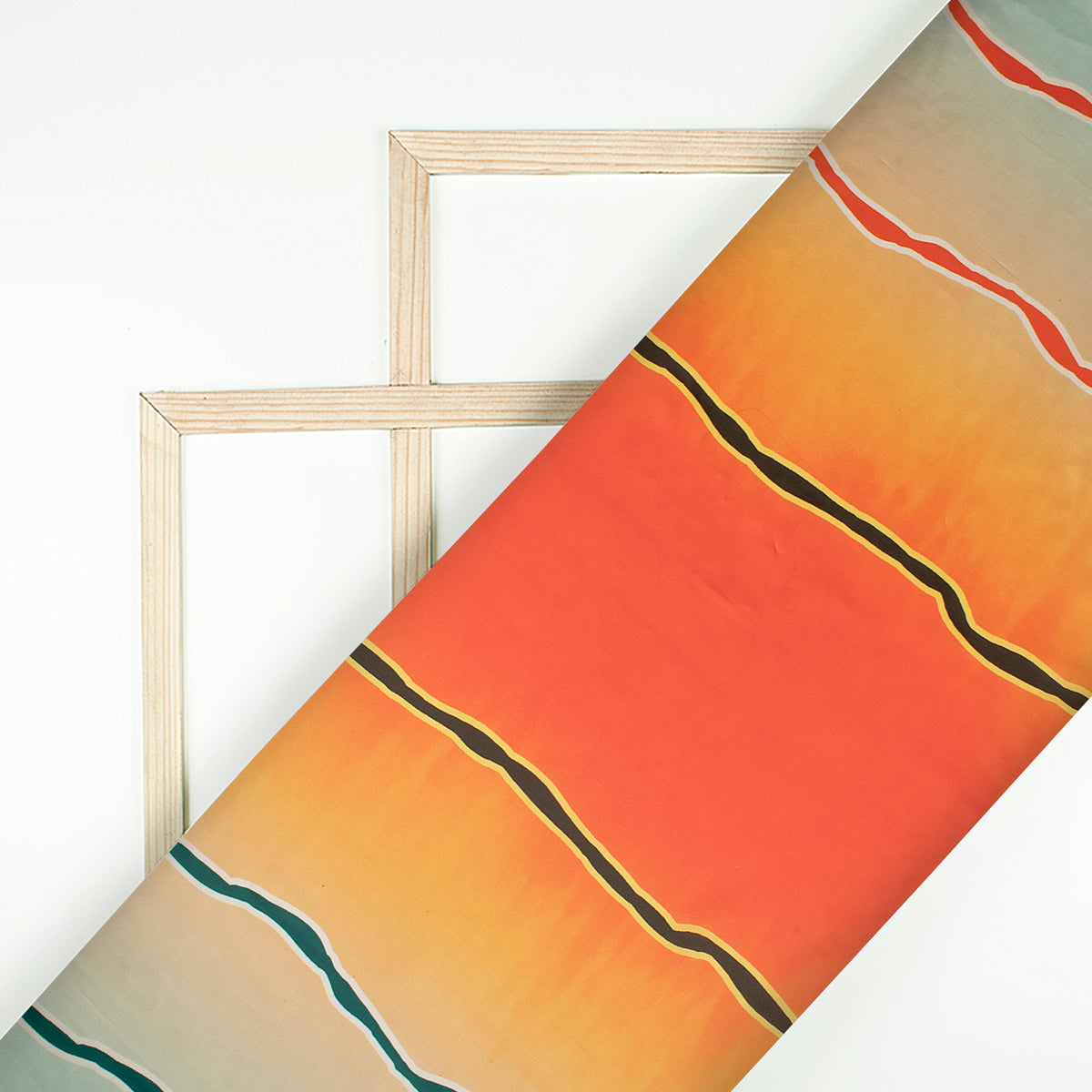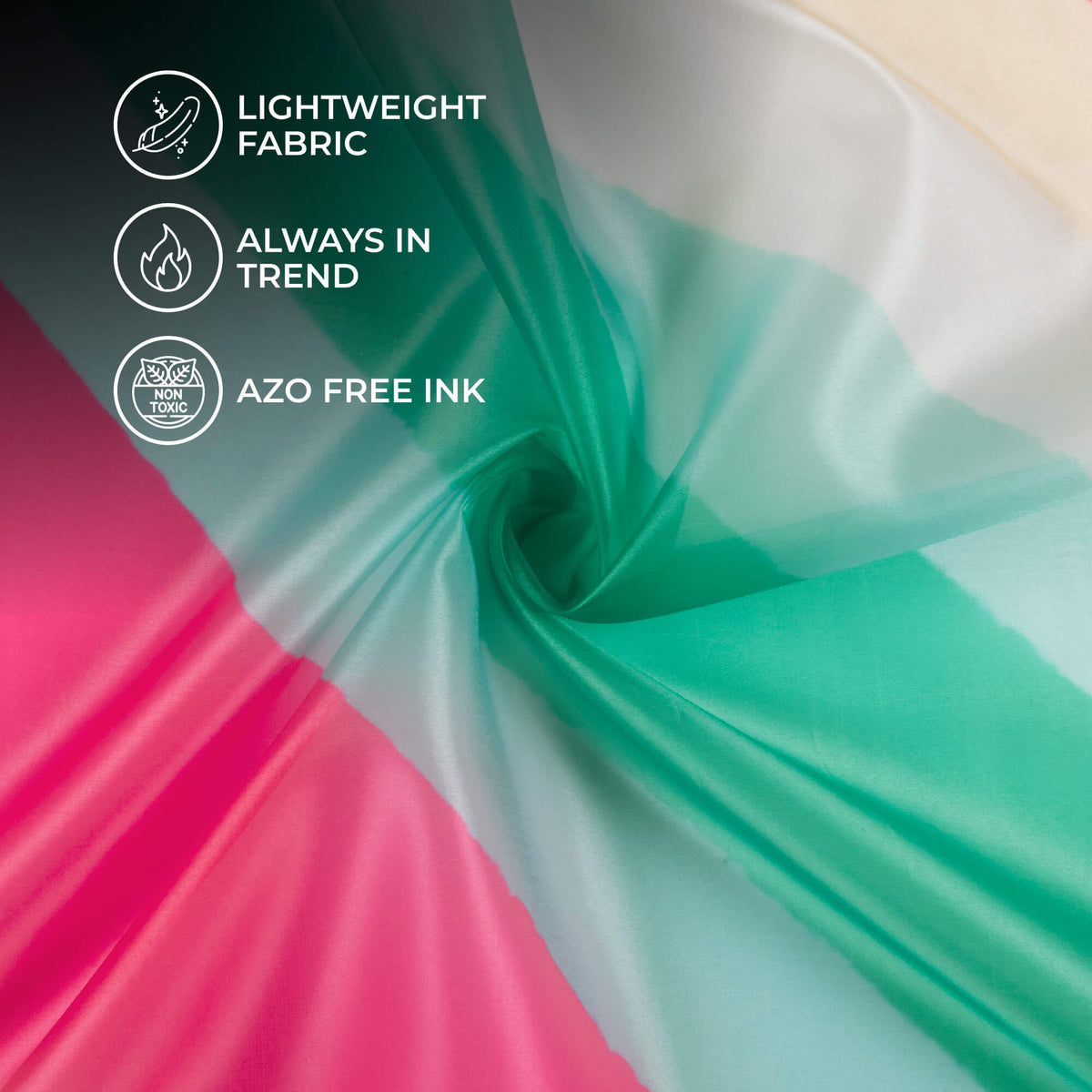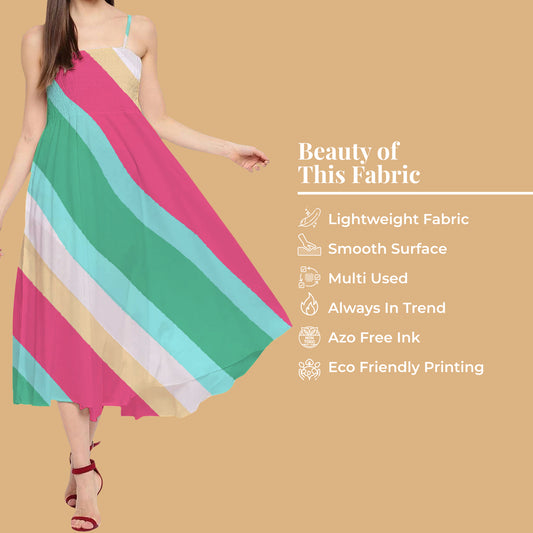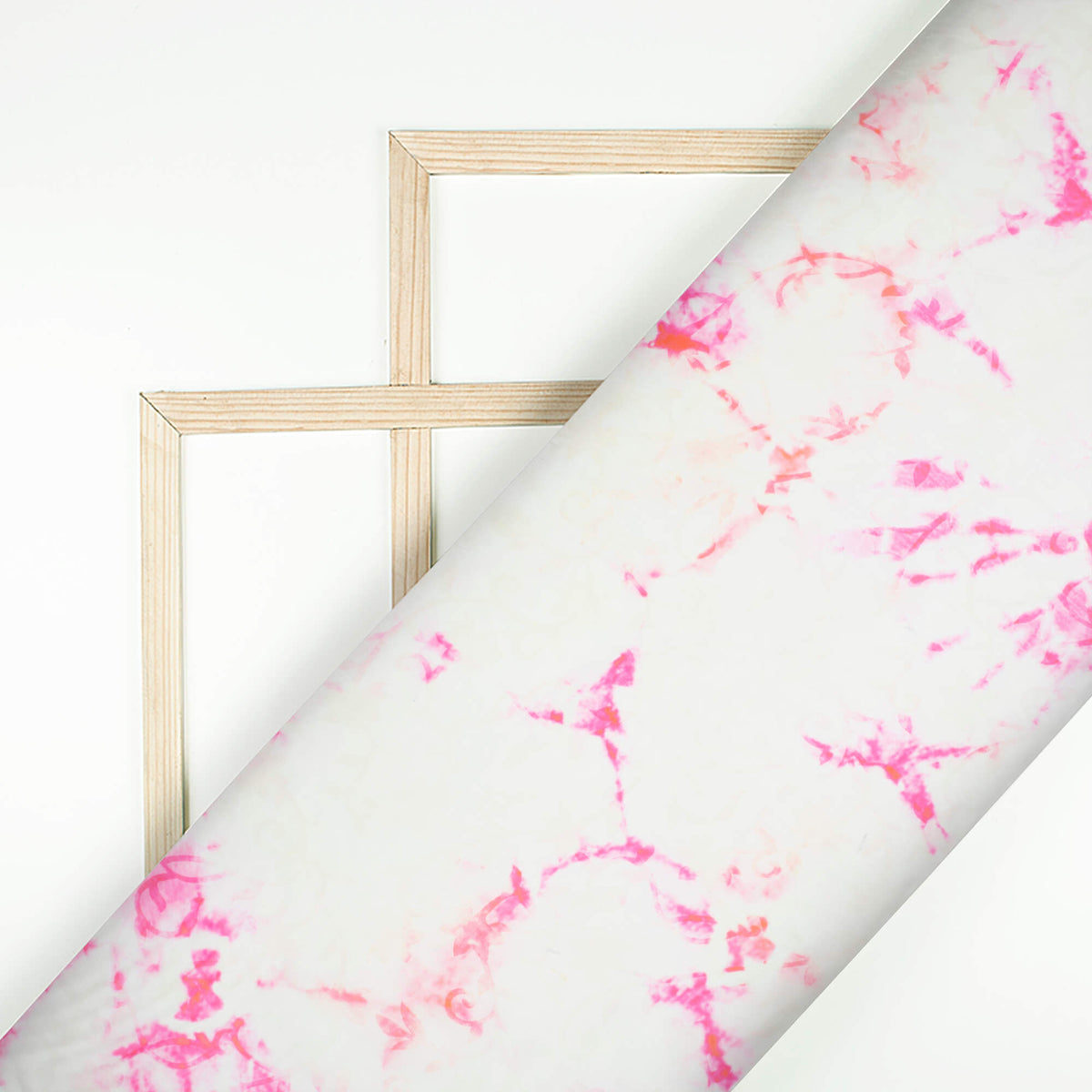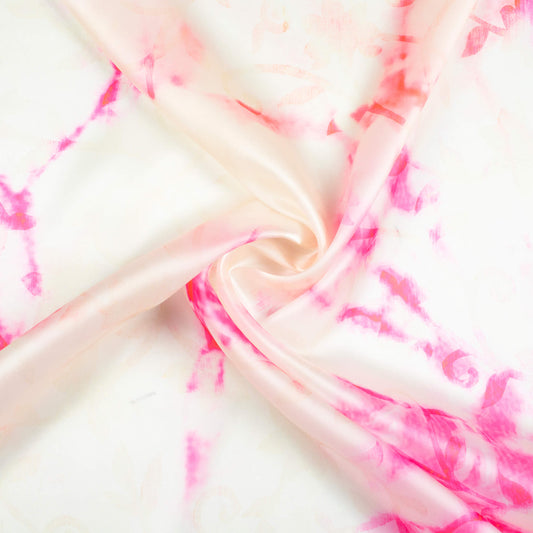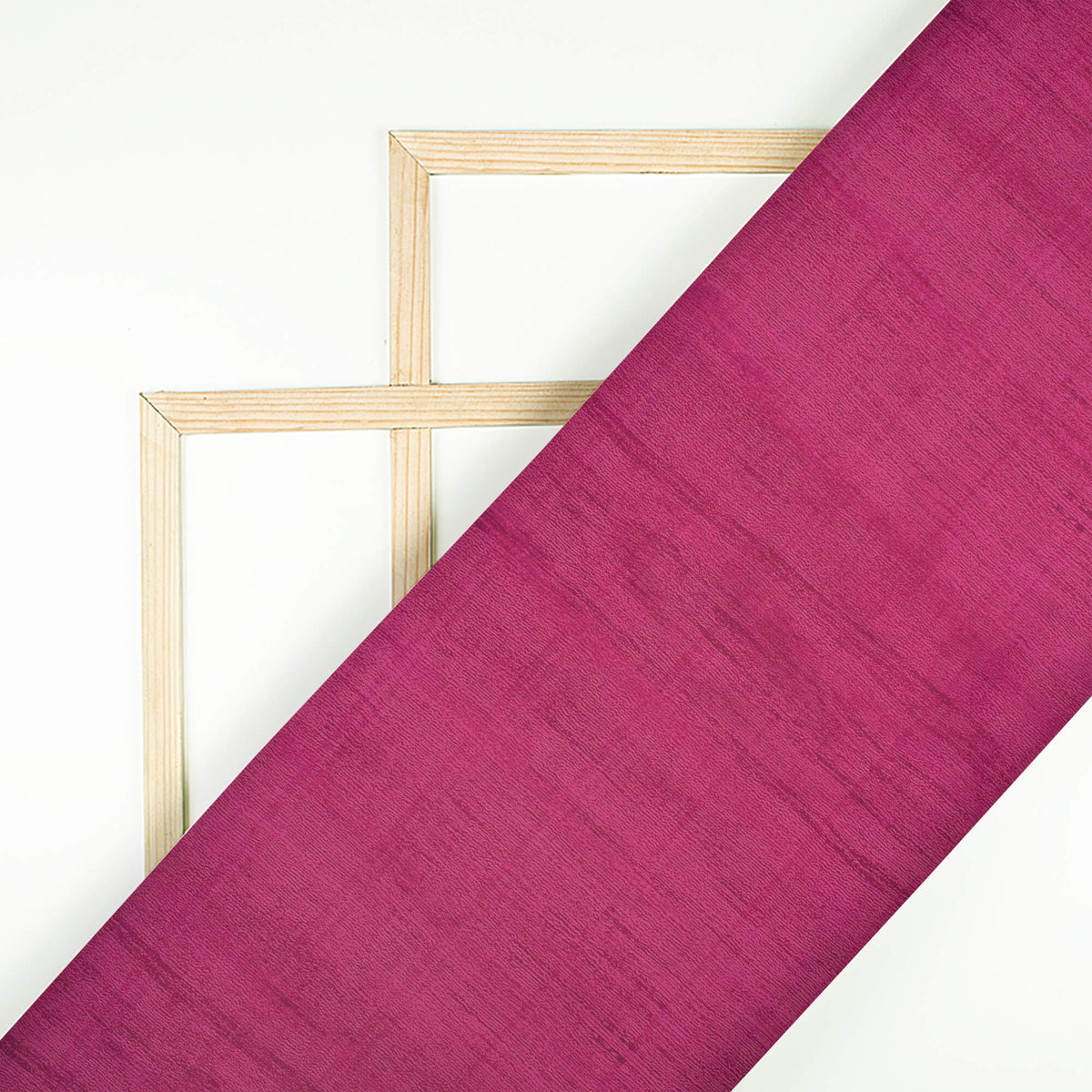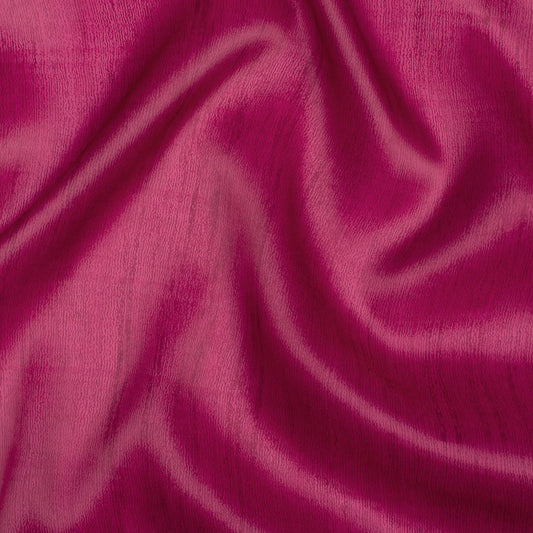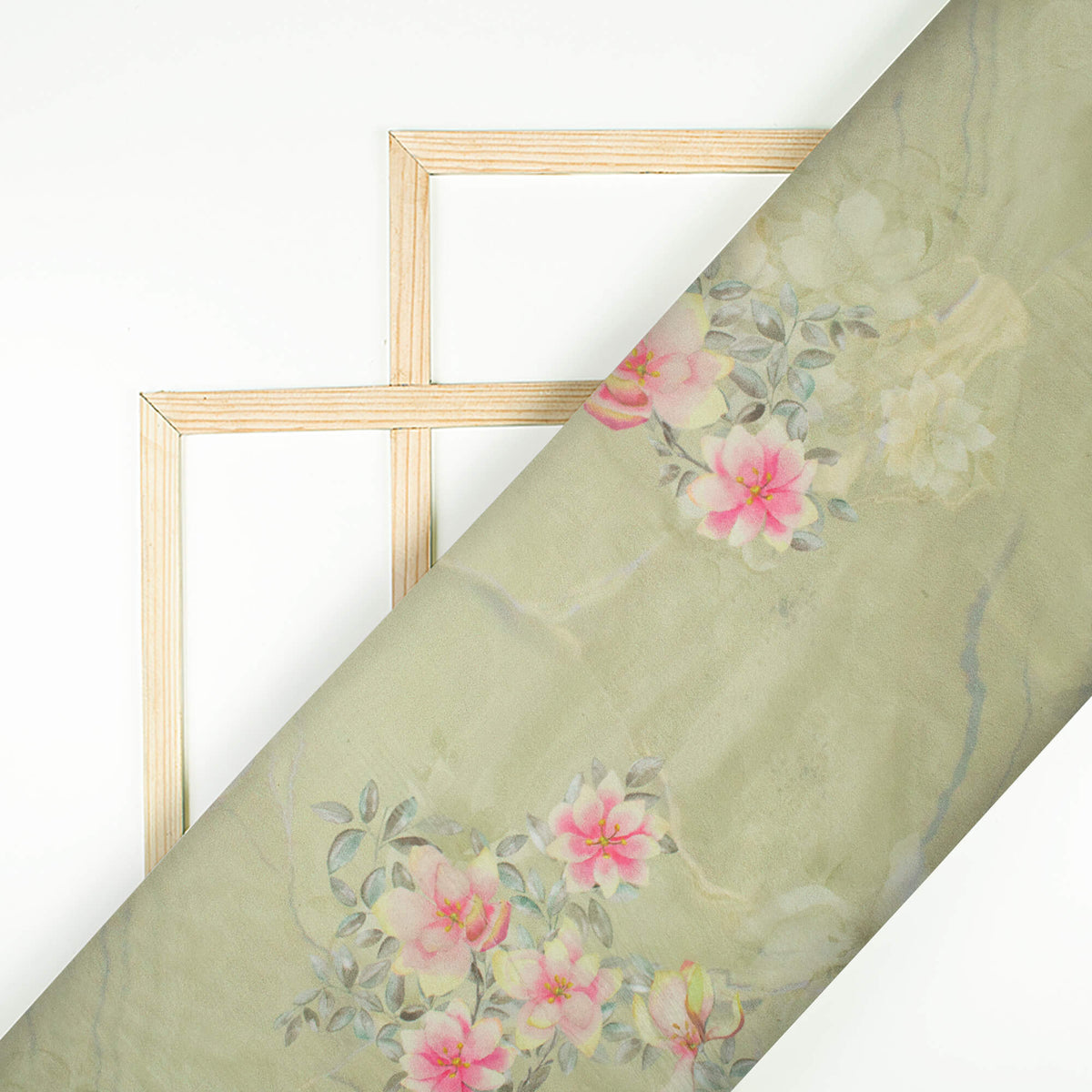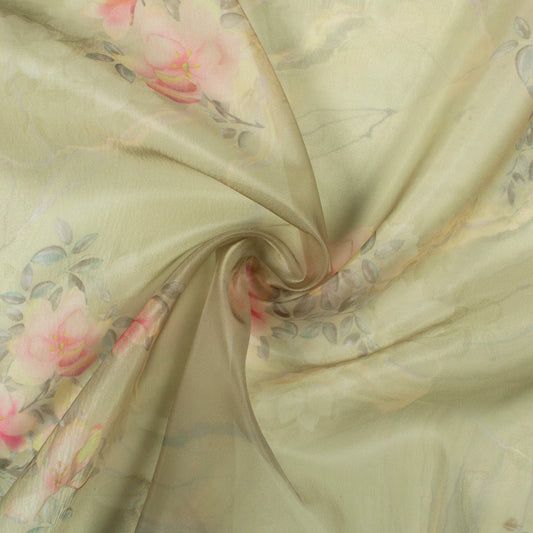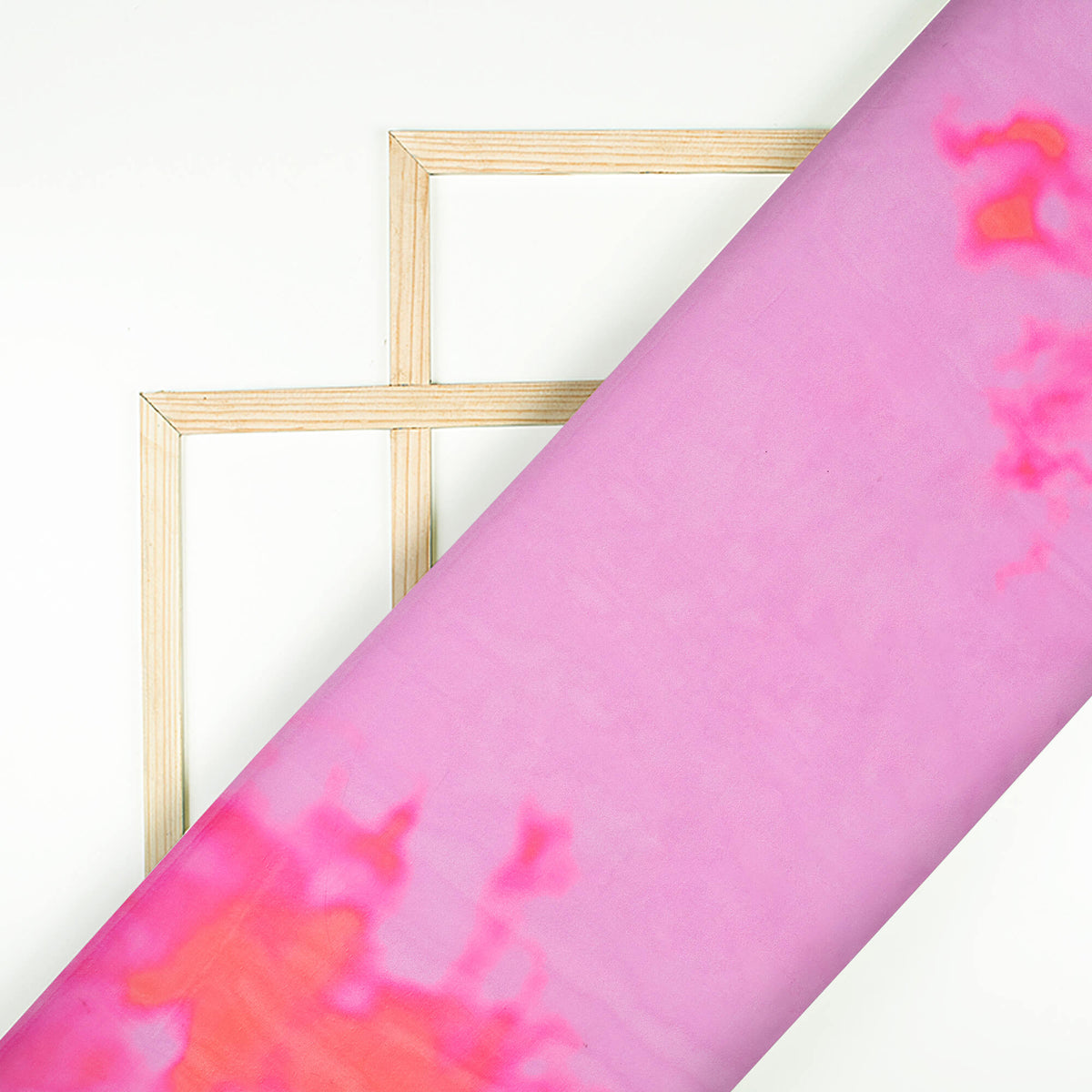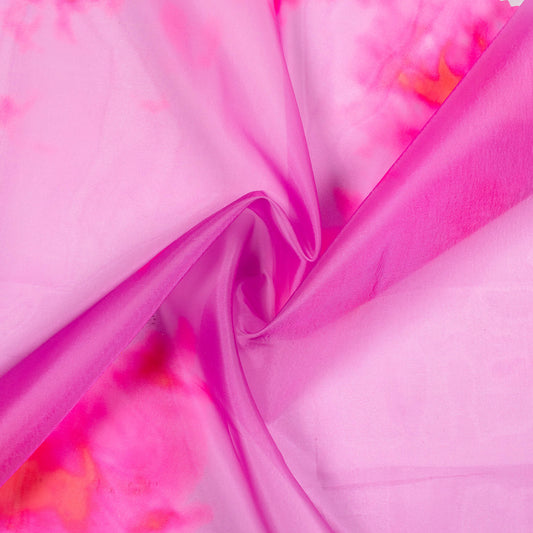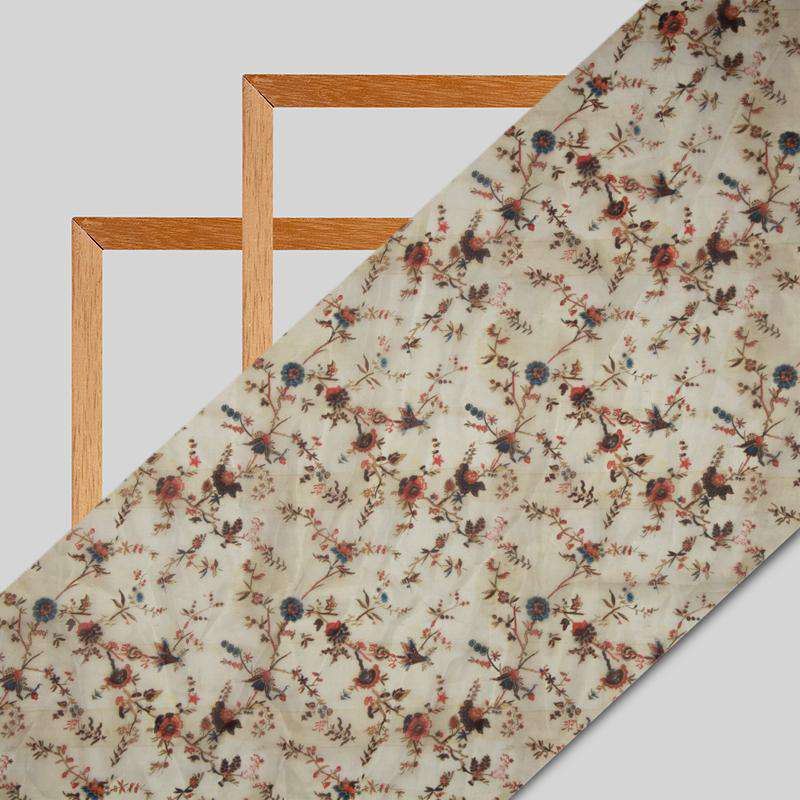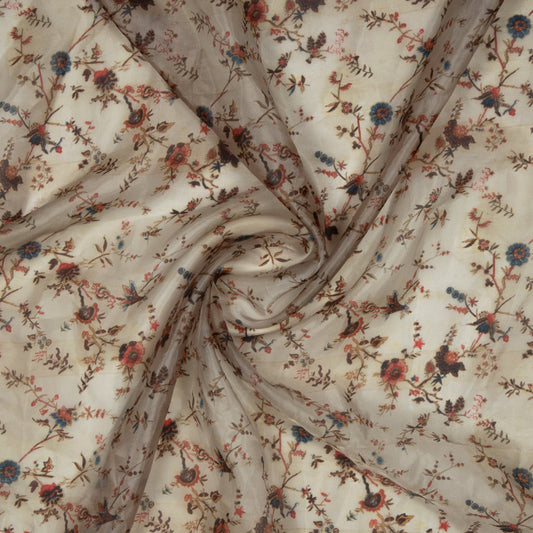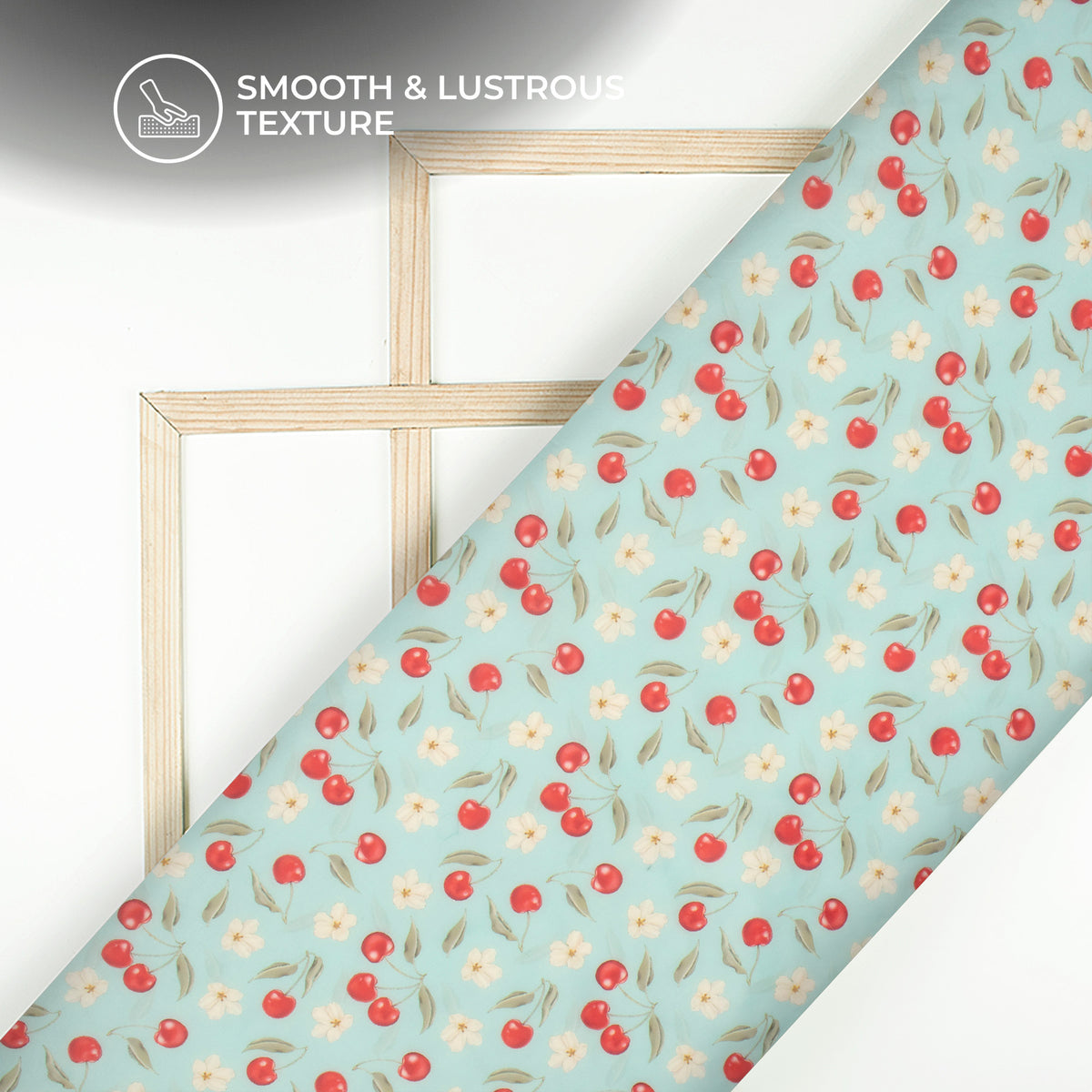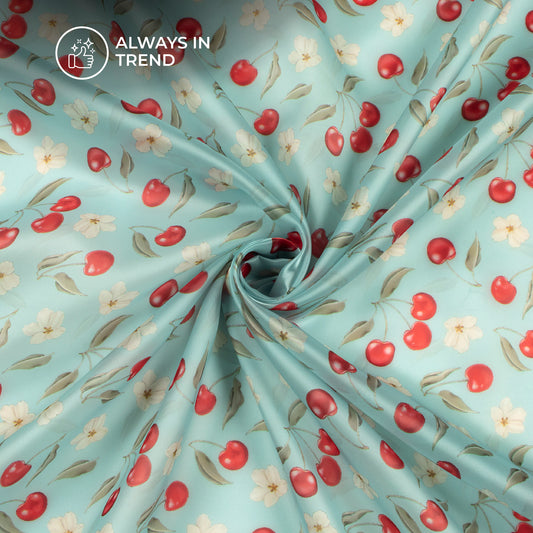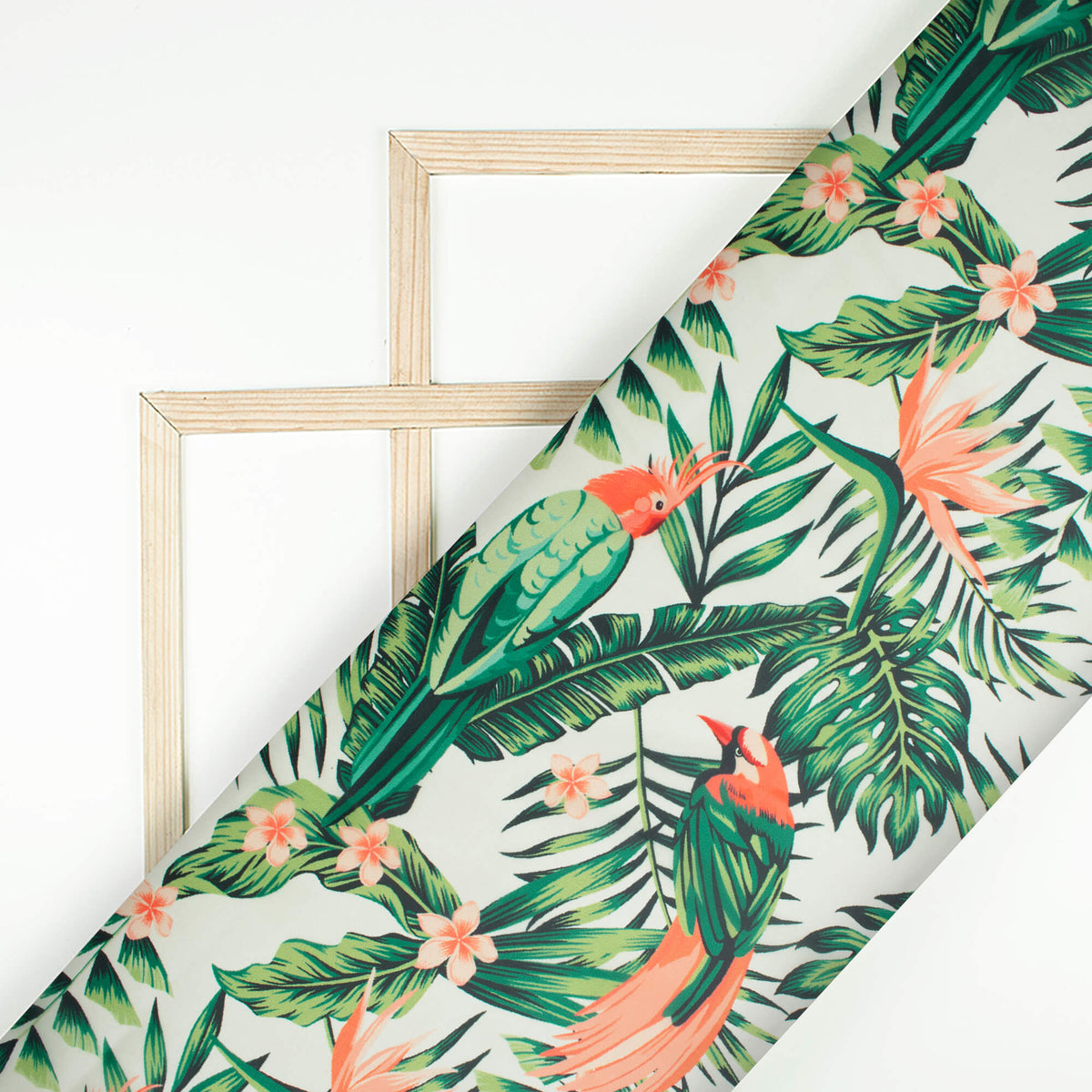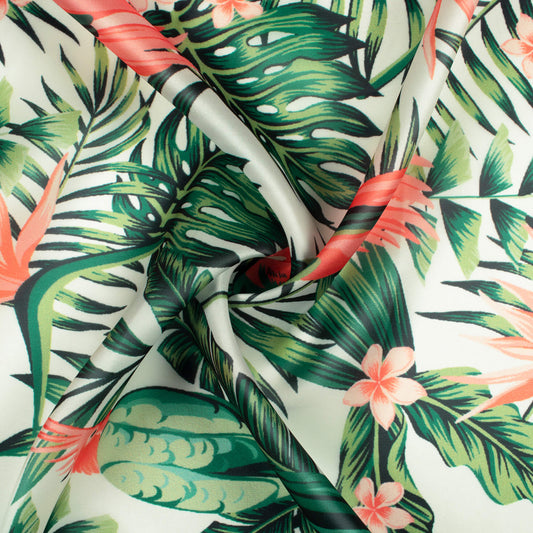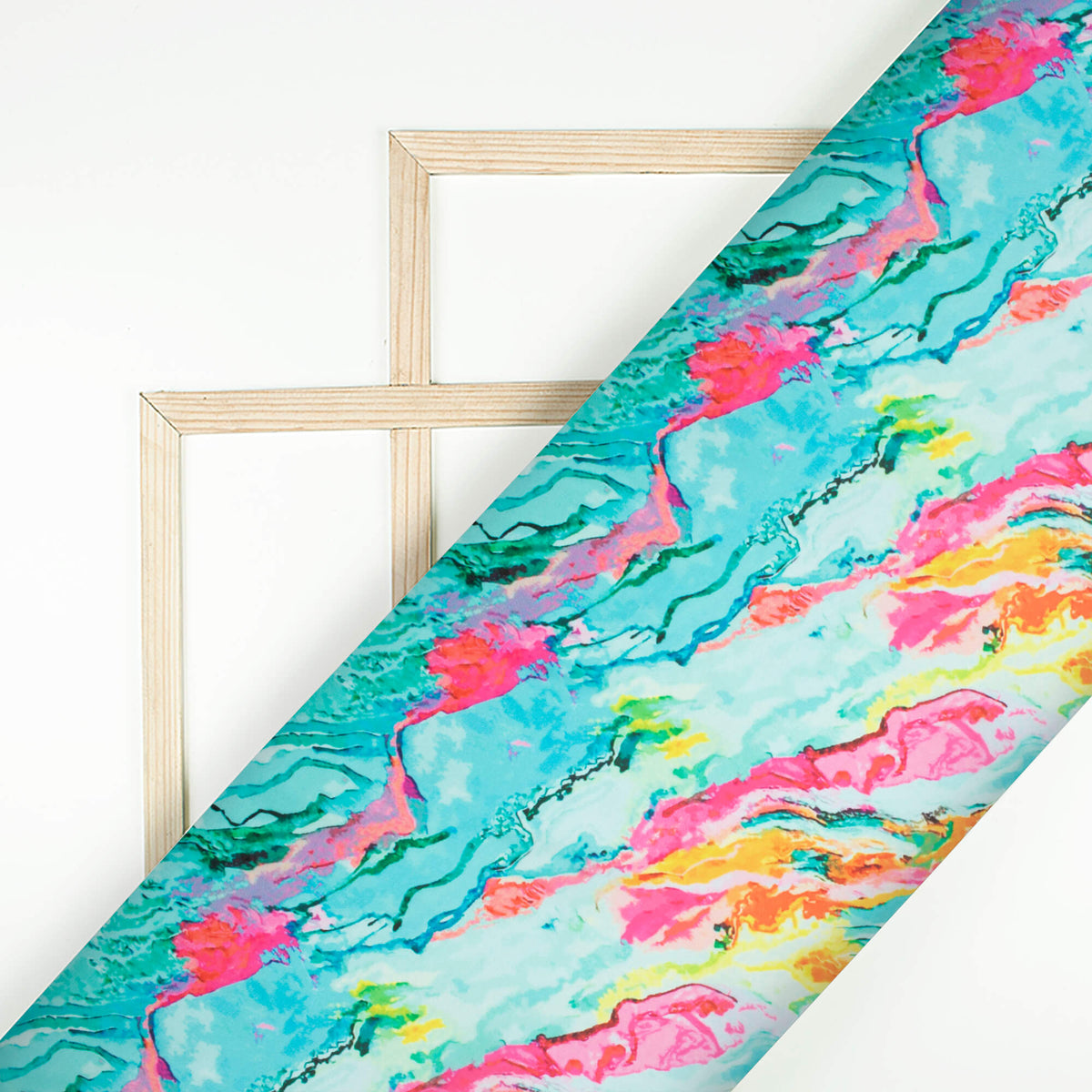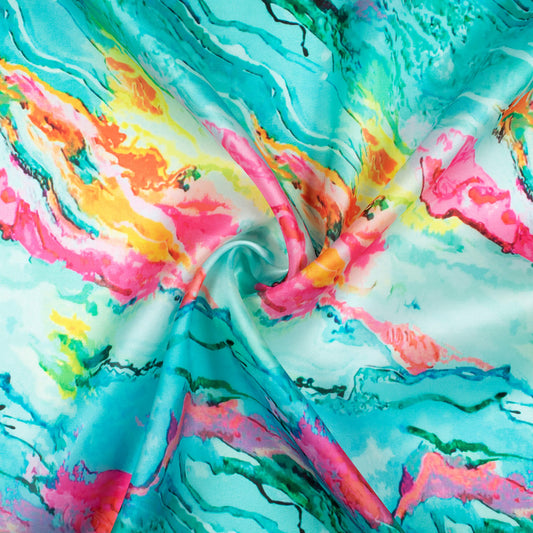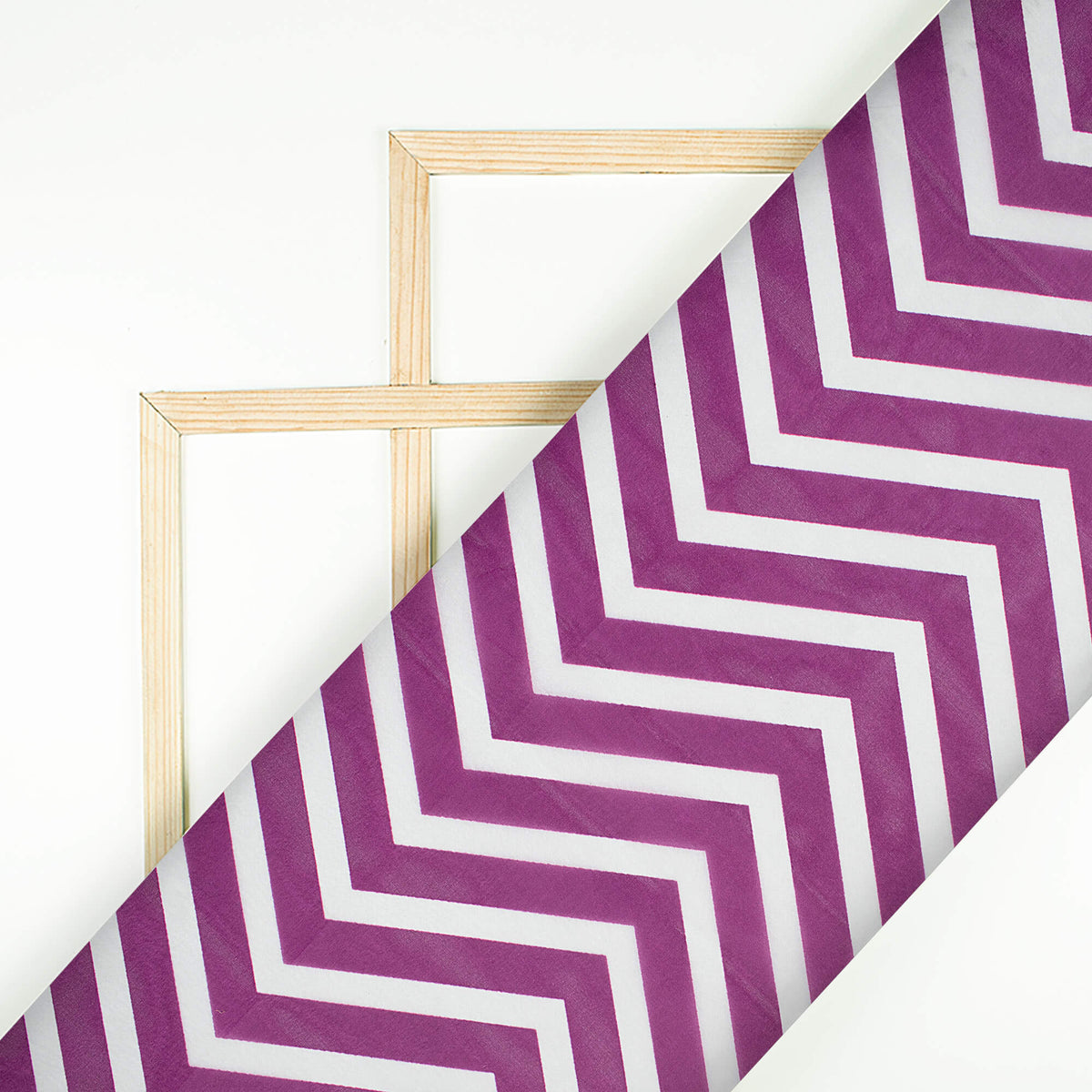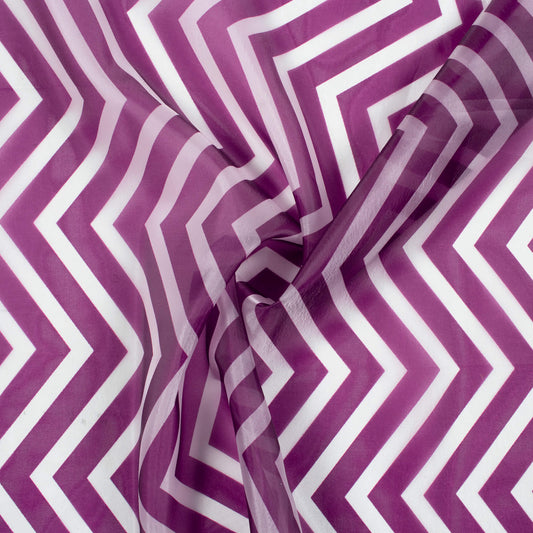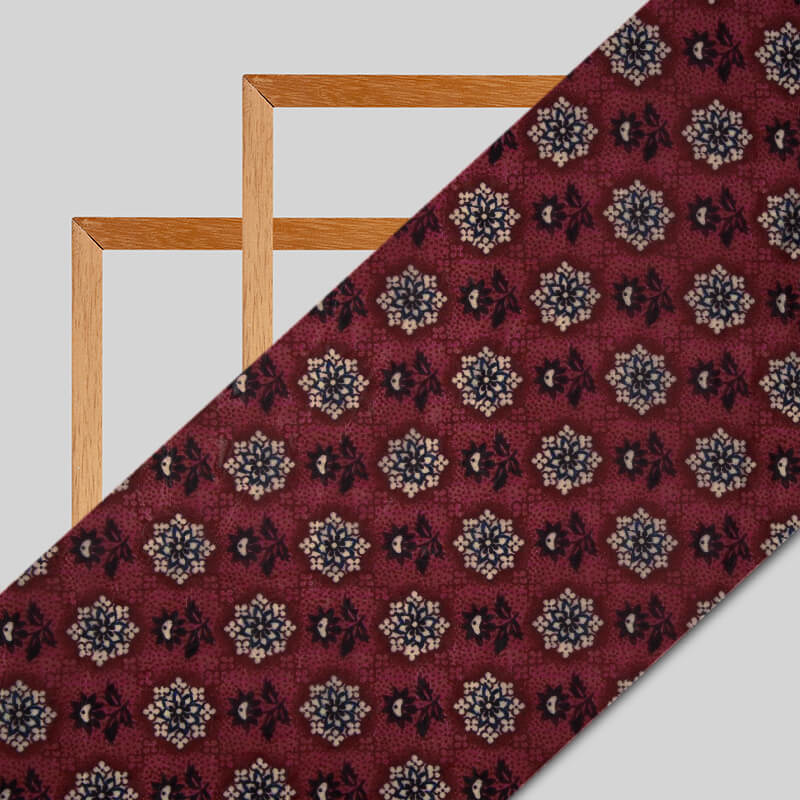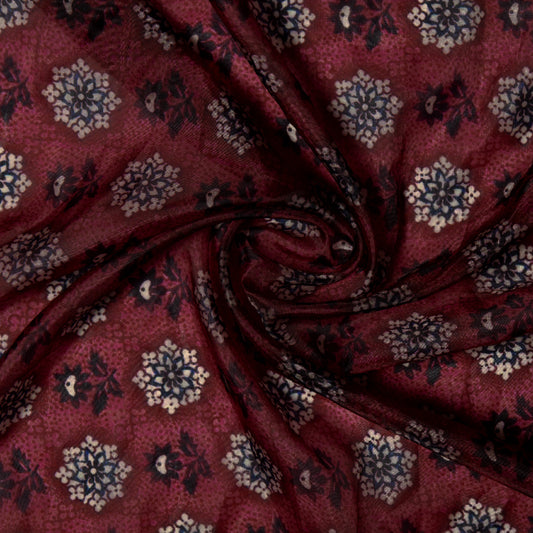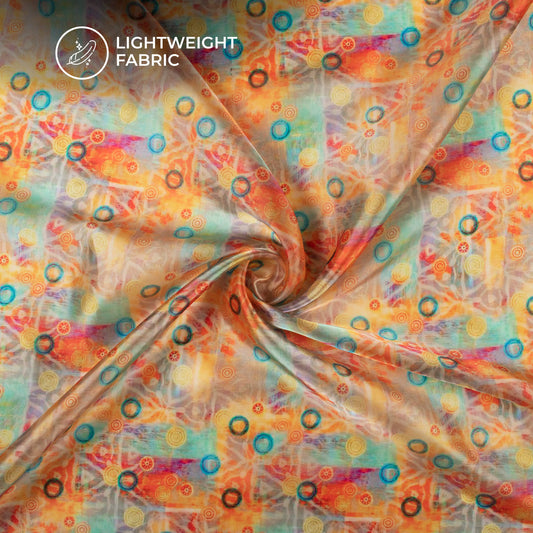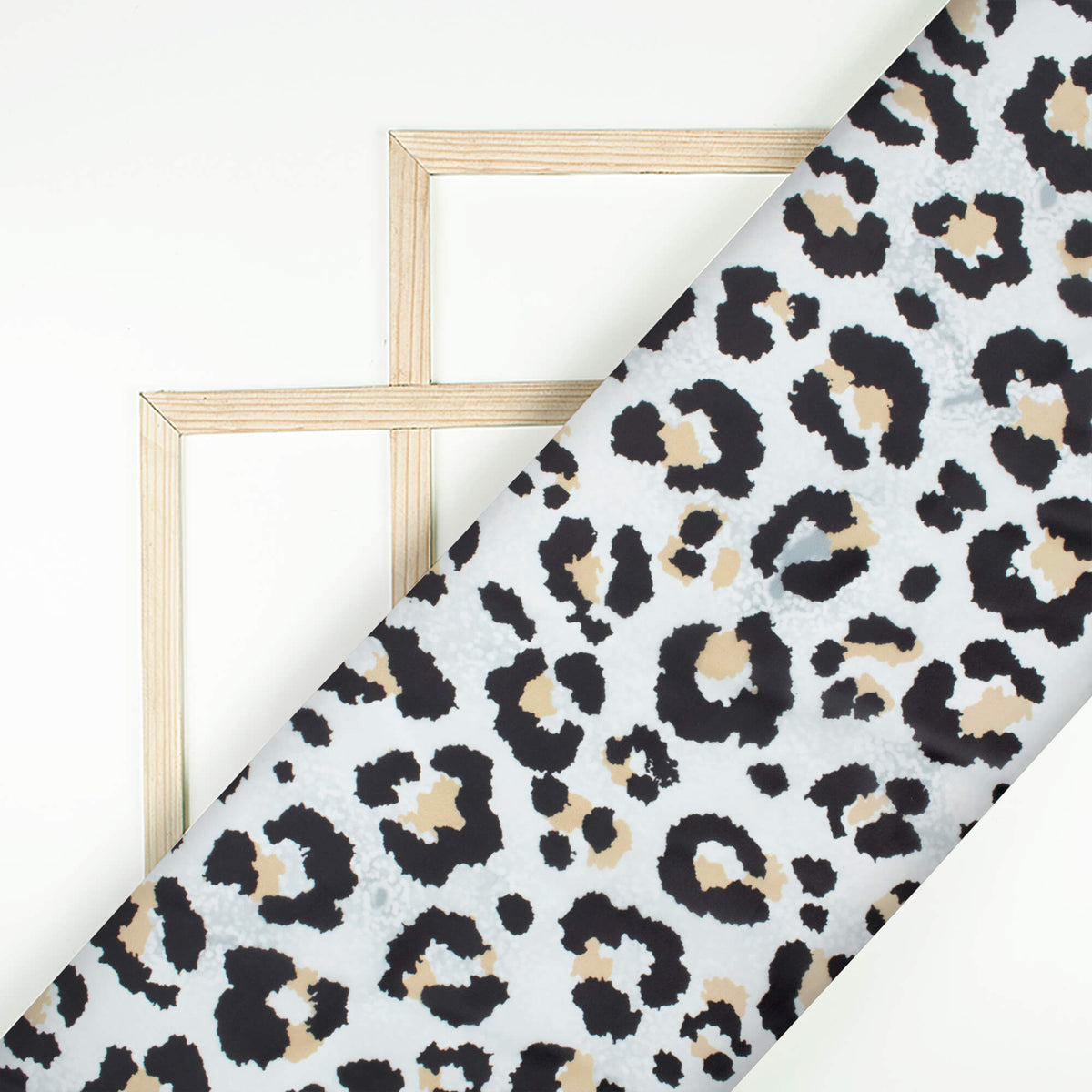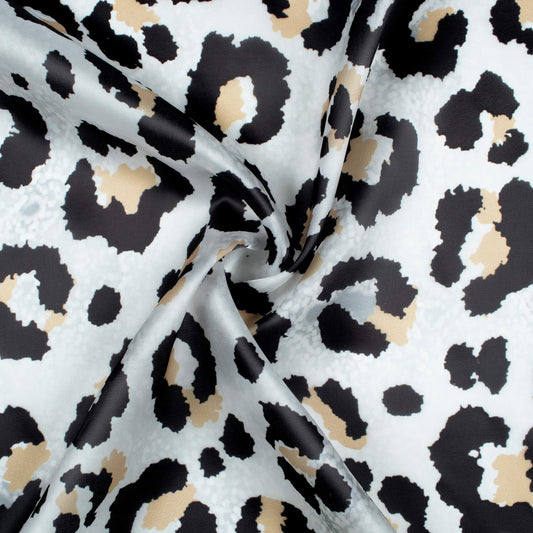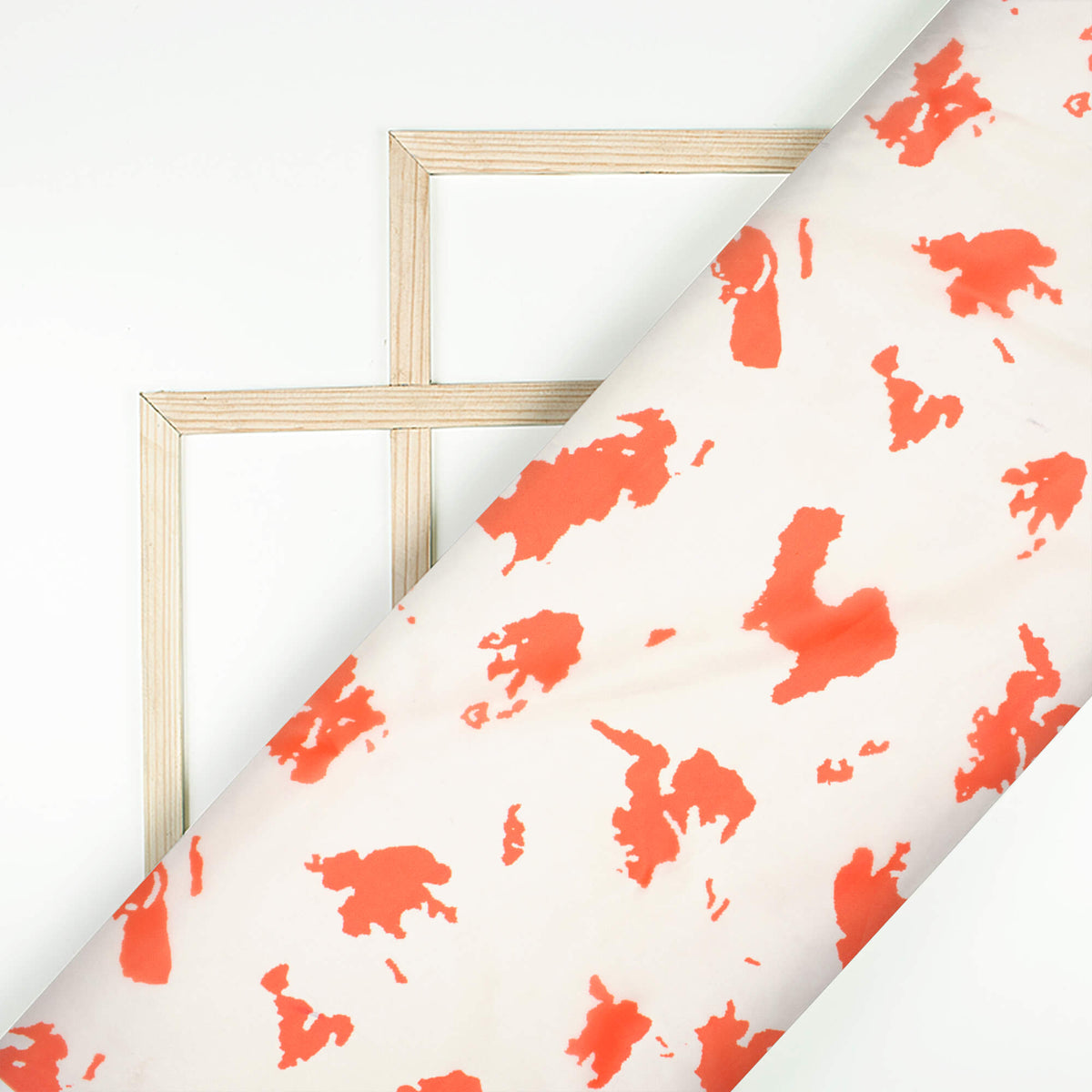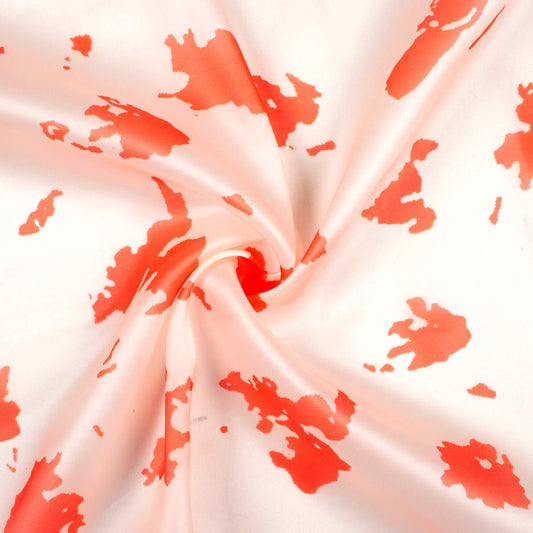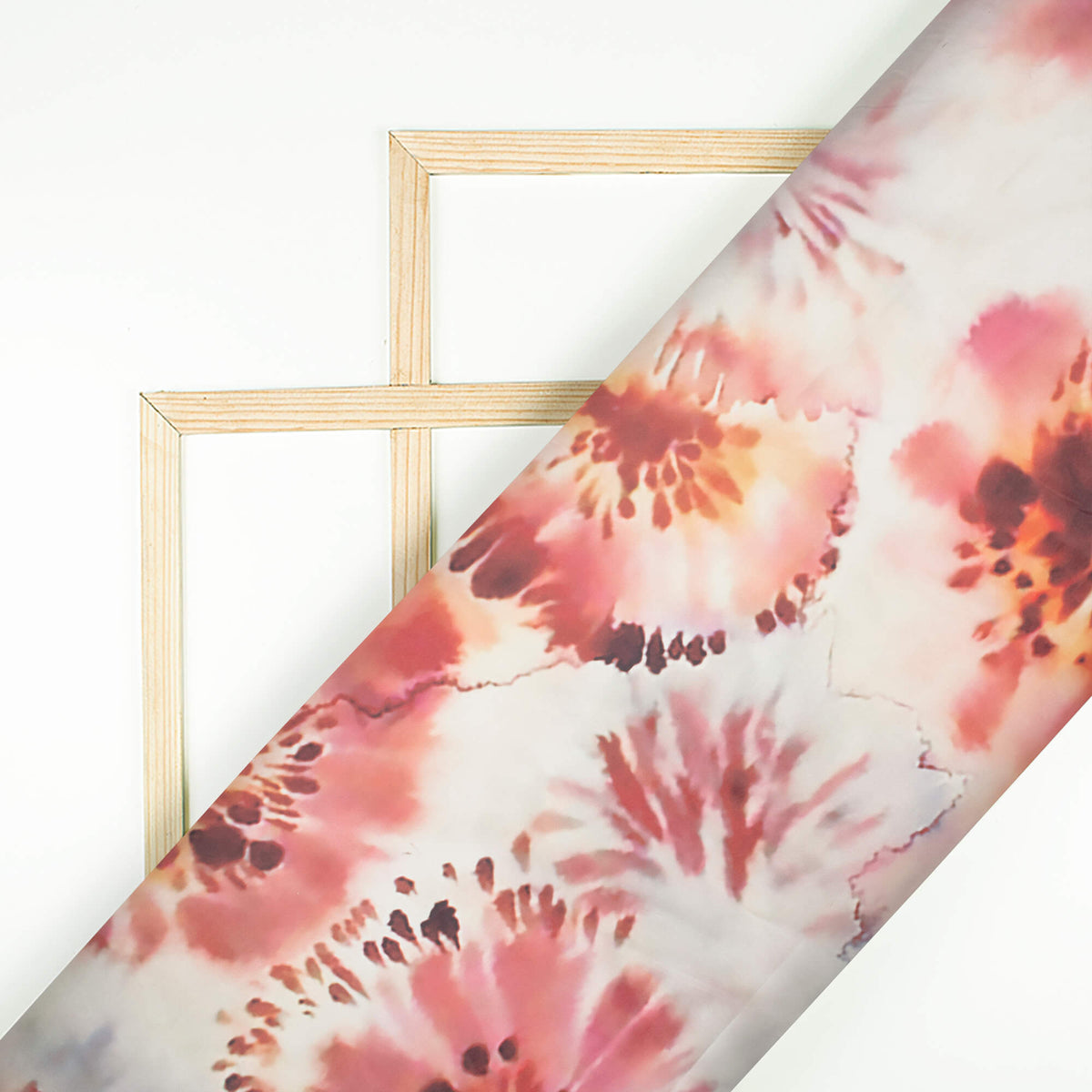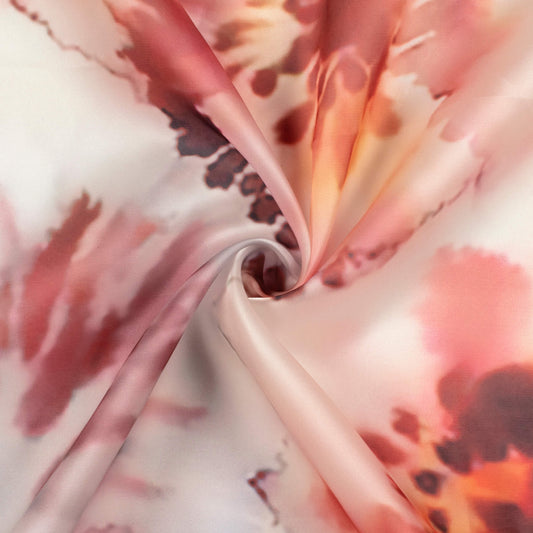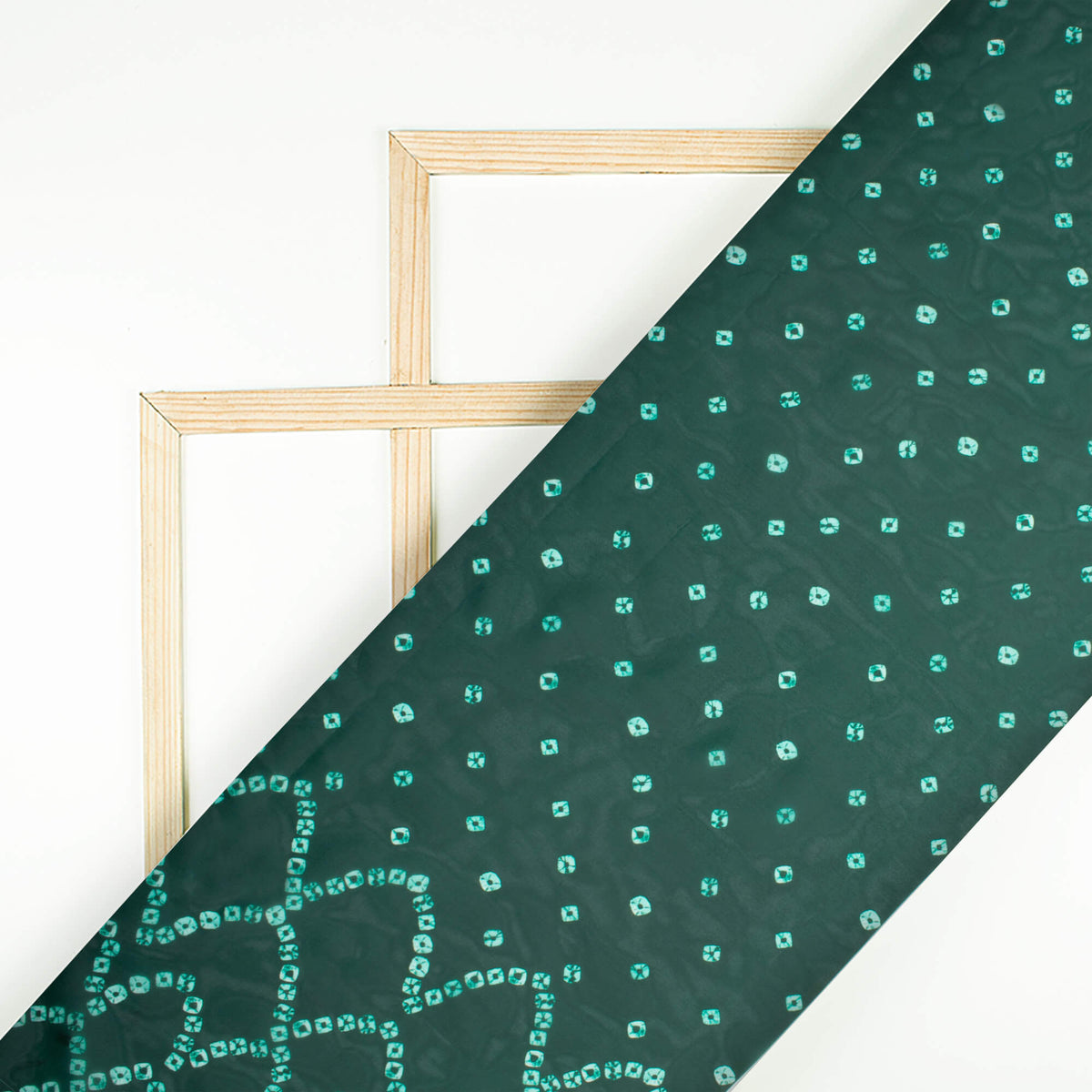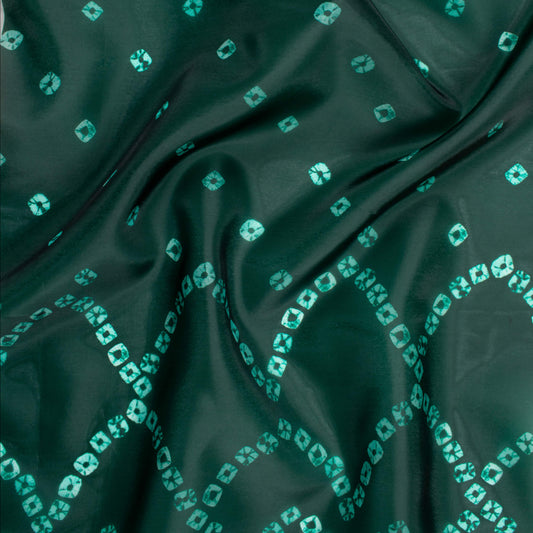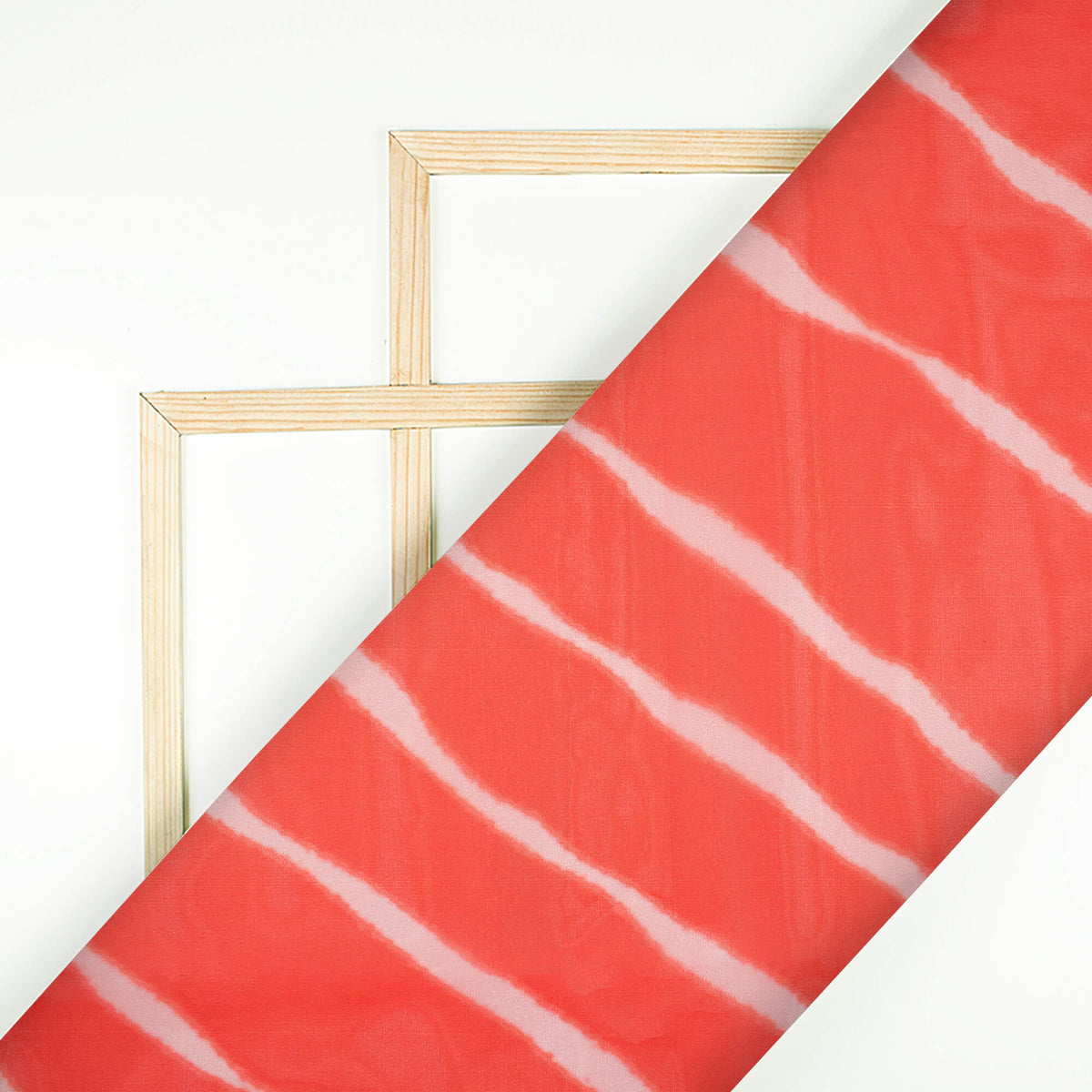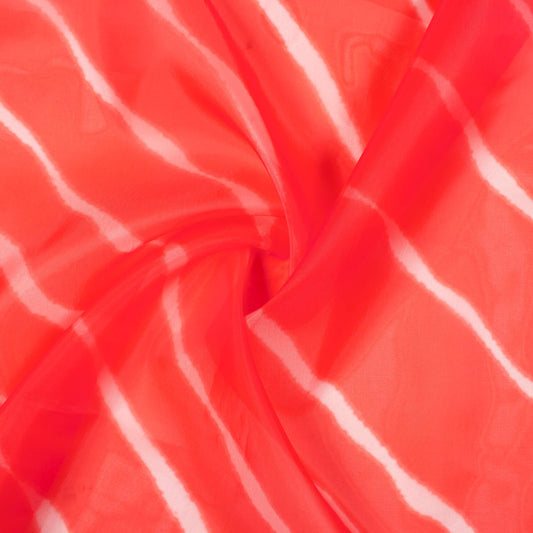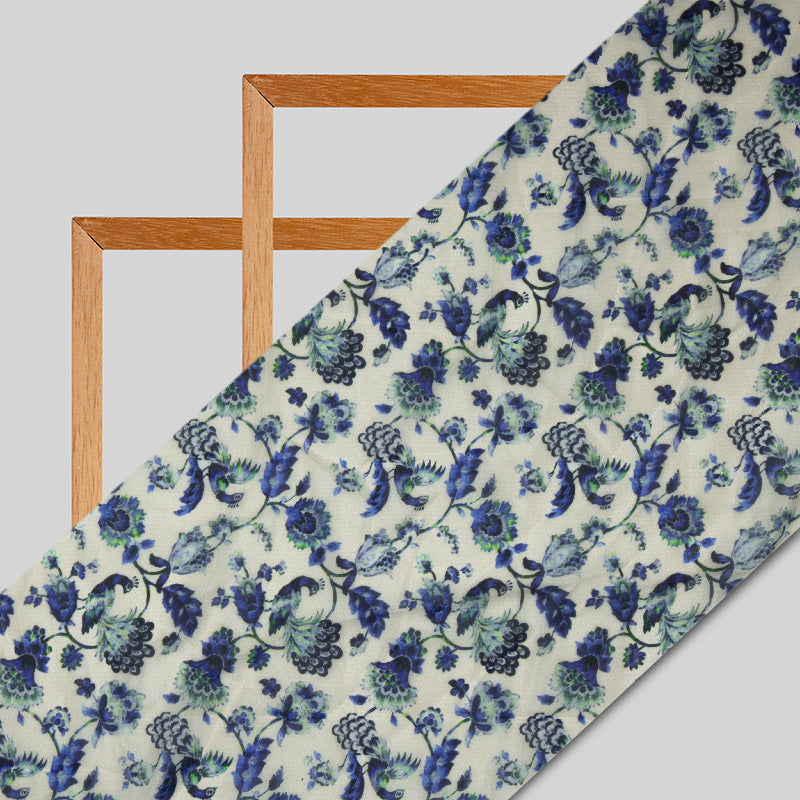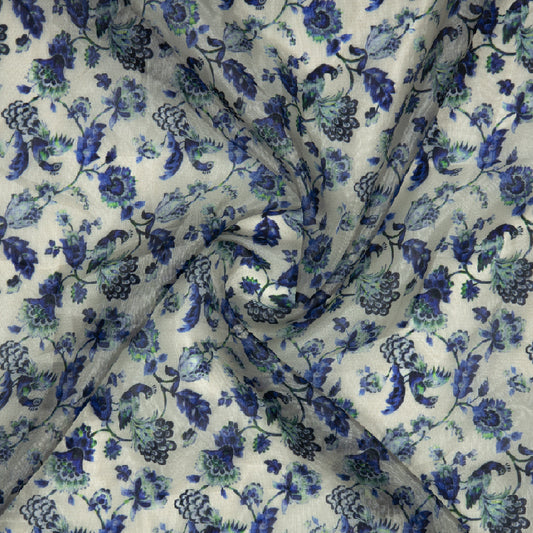The Ethereal Elegance of Organza Fabric: A Comprehensive Guide
Organza! The very name conjures images of delicate beauty, a whisper of luxury, and a subtle, captivating shimmer. This exquisite sheer fabric has graced runways, adorned elegant homes, and added a touch of magic to countless creations. But what exactly is organza fabric? How does this seemingly delicate material achieve its unique structure and ethereal appeal? And what are the myriad ways in which organza enhances our world? Join us as we delve deep into the fascinating realm of organza, exploring its origins, manufacturing process, diverse applications, and why it remains a beloved textile across industries.
Unveiling the Essence: What is Organza Fabric?
At its core, organza fabric is a lightweight, sheer plain weave fabric that stands out due to its inherent crispness, stiffness, and a distinctive, subtle sheen. Traditionally, the most luxurious organza is woven from the finest silk, lending it an unparalleled drape and natural luster. However, advancements in textile technology have also brought forth beautiful and versatile organza crafted from synthetic fibers such as polyester and nylon. Regardless of the fiber content, the defining characteristics of organza remain its transparency, its ability to hold its shape, and that delicate, almost ethereal, glimmer. The open weave structure of organza allows light to pass through effortlessly, creating a sense of airiness and making it a popular choice for layering and creating visual depth. Understanding what is organza begins with appreciating this unique interplay of sheerness and structure.
The Art of Creation: How is Organza Fabric Made?
The journey of organza fabric from raw fibers to the elegant textile we admire is a testament to the artistry and precision of weaving. The manufacturing process, while sharing fundamental principles with other woven fabrics, incorporates specific techniques that contribute to organza's distinctive qualities. Let's explore the key stages involved in how is organza made:
-
Yarn Preparation: The Foundation of Sheer Beauty: The selection and preparation of yarns are crucial for achieving the desired characteristics of organza. Whether utilizing the smooth filaments of natural silk or the consistent strands of synthetic polyester or nylon, the yarns intended for organza are typically finely spun and tightly twisted. This tight twisting process is paramount as it imparts the fabric with its characteristic stiffness and crispness, setting it apart from softer sheer fabrics.
-
The Simplicity of the Plain Weave: Organza is woven using the fundamental plain weave technique. In this weave structure, the warp (vertical) and weft (horizontal) threads interlace in a simple yet effective one-over, one-under pattern. This basic interlacing contributes to the fabric's stability and its relatively smooth surface, despite its open weave. The key difference in organza lies not in the weave structure itself, but in the yarn preparation and subsequent finishing processes.
-
The Transformative Acid Treatment (Silk Organza): For the most prized silk organza, a critical step in its creation is the acid treatment. This carefully controlled process involves passing the woven silk fabric through an acid bath. The acid partially dissolves the sericin, the natural gum that coats the silk fibers. This partial removal of sericin significantly enhances the silk organza's stiffness and crispness, giving it that characteristic body that allows it to hold its shape beautifully. This step is a defining factor in the luxurious feel and structure of traditional silk organza.
-
The Finishing Touches: Enhancing Sheen and Texture: Once woven and treated (in the case of silk organza), the fabric undergoes various finishing processes to achieve its final aesthetic and tactile qualities. Calendering, a process involving passing the fabric through heated rollers, is often employed to impart the desired smoothness and subtle sheen to the organza. Dyeing and printing techniques can then be applied to add a spectrum of colors and intricate designs to the organza fabric, further expanding its versatility and appeal.
A World of Applications: How is Organza Fabric Used?
The unique combination of delicate sheerness, structural crispness, and subtle elegance makes organza fabric a favorite among designers, decorators, and craft enthusiasts alike. Its versatility allows it to transcend various applications, adding a touch of sophistication and ethereal beauty wherever it is used. Let's explore the diverse ways in which organza is used:
-
Elevating Fashion: The Grace of Organza in Apparel: In the realm of high fashion, organza reigns supreme for creating breathtaking evening gowns, wedding dresses, and other special occasion attire. Its ability to hold its shape allows designers to create voluminous skirts, dramatic sleeves, and intricate structural elements. Often used as a luxurious overlay, organza adds dimension and a touch of ethereal beauty to underlying fabrics. Delicate blouses, lingerie details, and decorative trims also benefit from the sheer elegance of organza. The organza for fashion applications are vast and varied, showcasing its adaptability.
-
Enhancing Home Decor: The Lightness of Organza in Interiors: In interior design, organza brings a touch of airy sophistication. Organza window treatments, such as sheer curtains and elegant swags, allow natural light to filter through gently, creating a soft and inviting ambiance. Organza table runners and decorative bows add a refined touch to table settings and event decor. Its delicate nature also makes it ideal for creating elegant gift wrapping and other decorative accents in the home. The use of organza for decor adds a layer of subtle luxury to any space.
-
The Art of Embellishment: Organza in Crafts and Millinery: The crispness of organza makes it an excellent material for creating dimensional embellishments, intricate appliques, and eye-catching decorative accents in various craft projects. Its ability to hold its shape allows for the creation of delicate flowers, bows, and other three-dimensional elements. In millinery, organza is frequently used by hat makers to craft lightweight and elegant brims, veils, and other decorative features, adding a touch of refined elegance to headwear.
-
Beyond the Surface: Other Creative Uses of Organza: The versatility of organza extends beyond the traditional realms of fashion and decor. Its unique properties make it suitable for various other creative applications, including theatrical costumes, dancewear, and even as a delicate support structure in certain artistic endeavors. The subtle shimmer and lightweight nature of organza continue to inspire innovative uses across different creative fields.
Caring for Your Organza: Preserving its Delicate Beauty
Due to its delicate nature, proper care is essential to maintain the beauty and longevity of organza fabric. Whether it's silk organza or its synthetic counterparts, gentle handling is key. Hand washing in cool water with a mild detergent is often recommended. If machine washing, use a delicate cycle and place the organza garment or item in a mesh laundry bag. Avoid harsh chemicals and bleach. Air drying is the safest method; avoid direct sunlight and high heat. Ironing should be done on a low setting with a pressing cloth to protect the delicate fibers. Understanding organza fabric care will ensure that your cherished organza pieces retain their elegance for years to come.
Where to Find This Ethereal Fabric: Buying Organza Fabric
For those captivated by the beauty and versatility of organza, it is readily available through various retailers. You can buy organza fabric at local fabric stores, where you can often see and feel the different types and weights of organza firsthand. For a wider selection and convenience, numerous online retailers offer a vast array of organza fabric online, allowing you to browse different colors, textures, and fiber compositions from the comfort of your home. When purchasing organza fabric, consider the intended use to select the appropriate weight and type.
In Conclusion: Embracing the Timeless Allure of Organza
Organza fabric stands as a testament to the enduring appeal of sheer elegance and delicate structure. From its traditional roots in luxurious silk organza to the accessibility of modern synthetic variations like polyester organza and nylon organza, this lightweight fabric continues to captivate with its unique properties and versatile applications. Whether gracing a breathtaking bridal gown, adding a touch of ethereal beauty to home decor, or inspiring intricate craft projects, organza remains a beloved textile, whispering tales of sophistication and timeless charm. Understanding what is organza, appreciating how is organza made, and exploring the myriad ways in which organza is used only deepens our admiration for this truly enchanting fabric. So, embrace the allure of organza, and let its delicate beauty elevate your next creative endeavor.
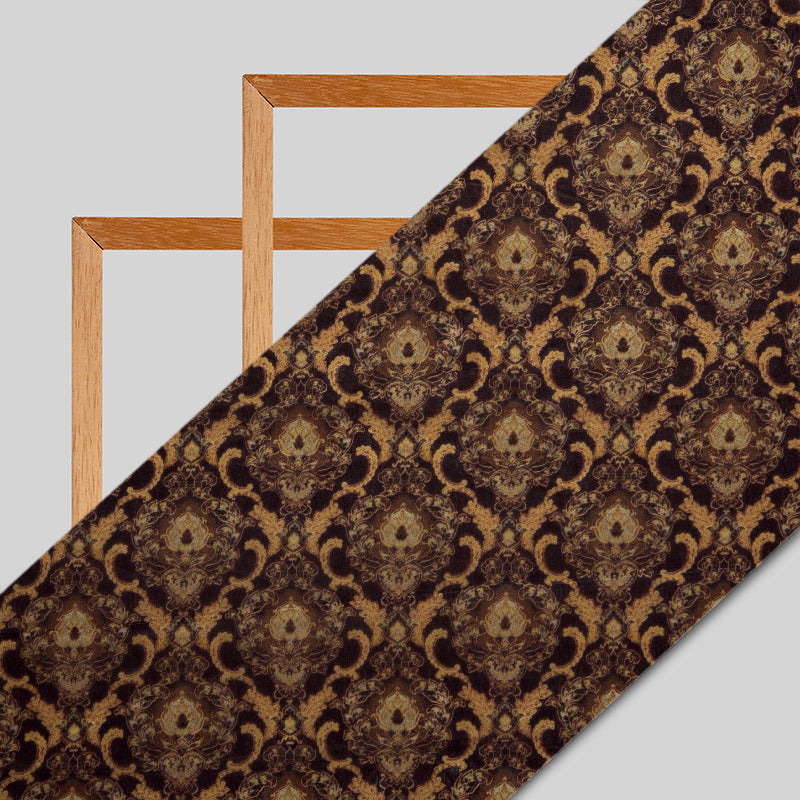
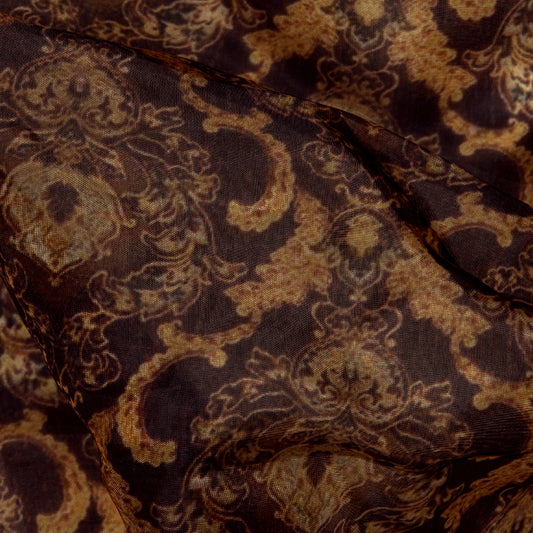 -10% off
-10% off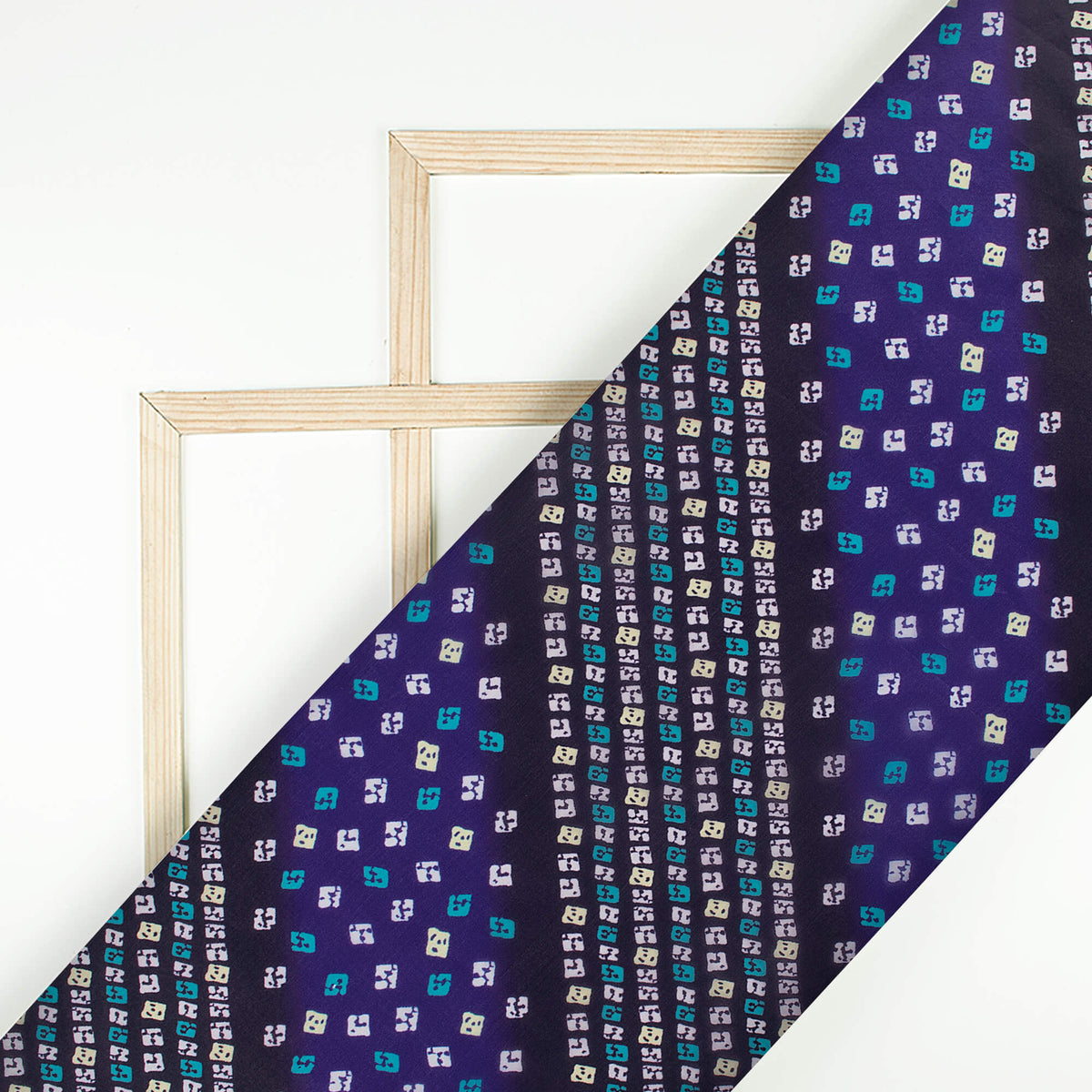
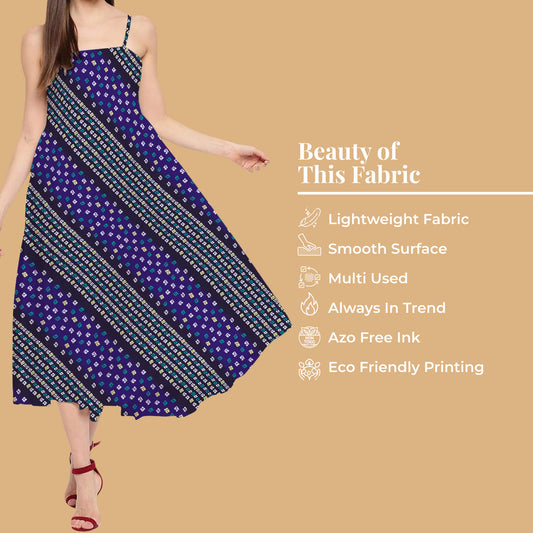 -10% off
-10% off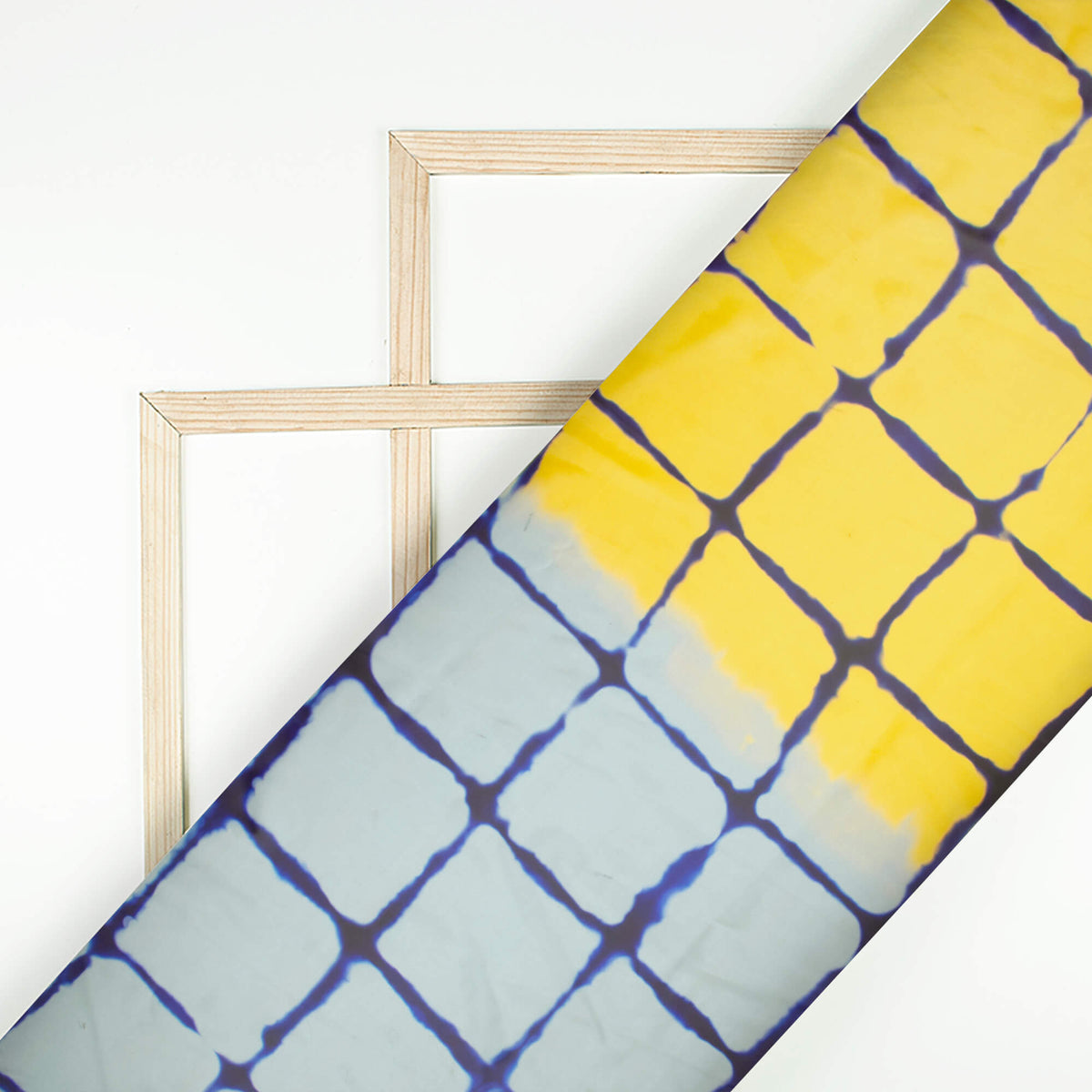
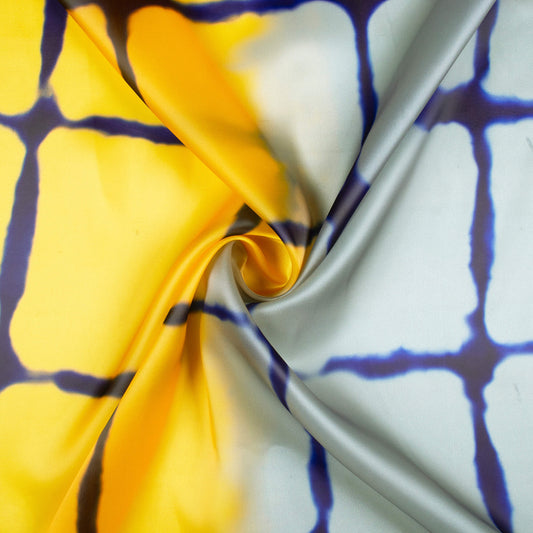 -10% off
-10% off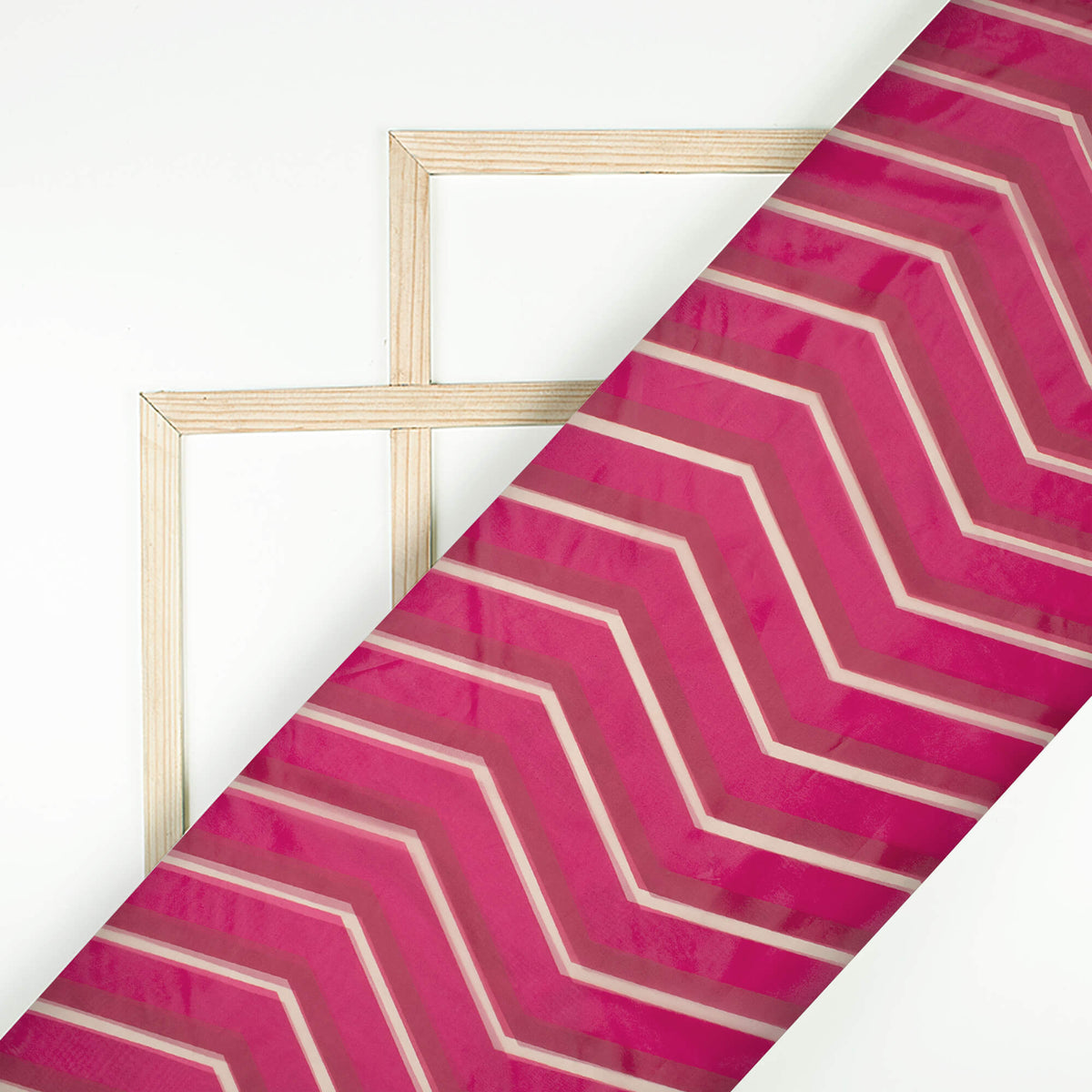
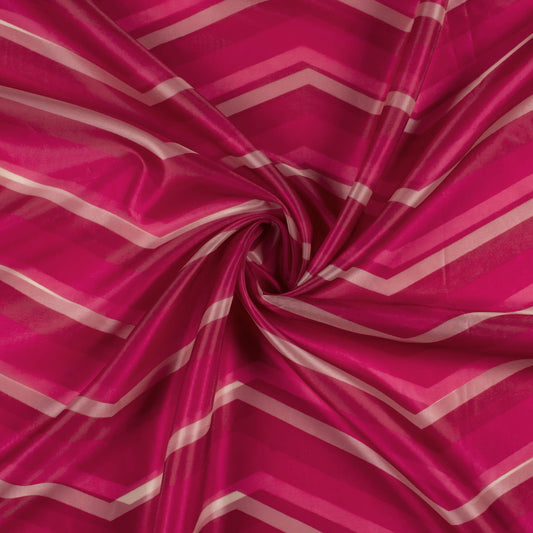 -10% off
-10% off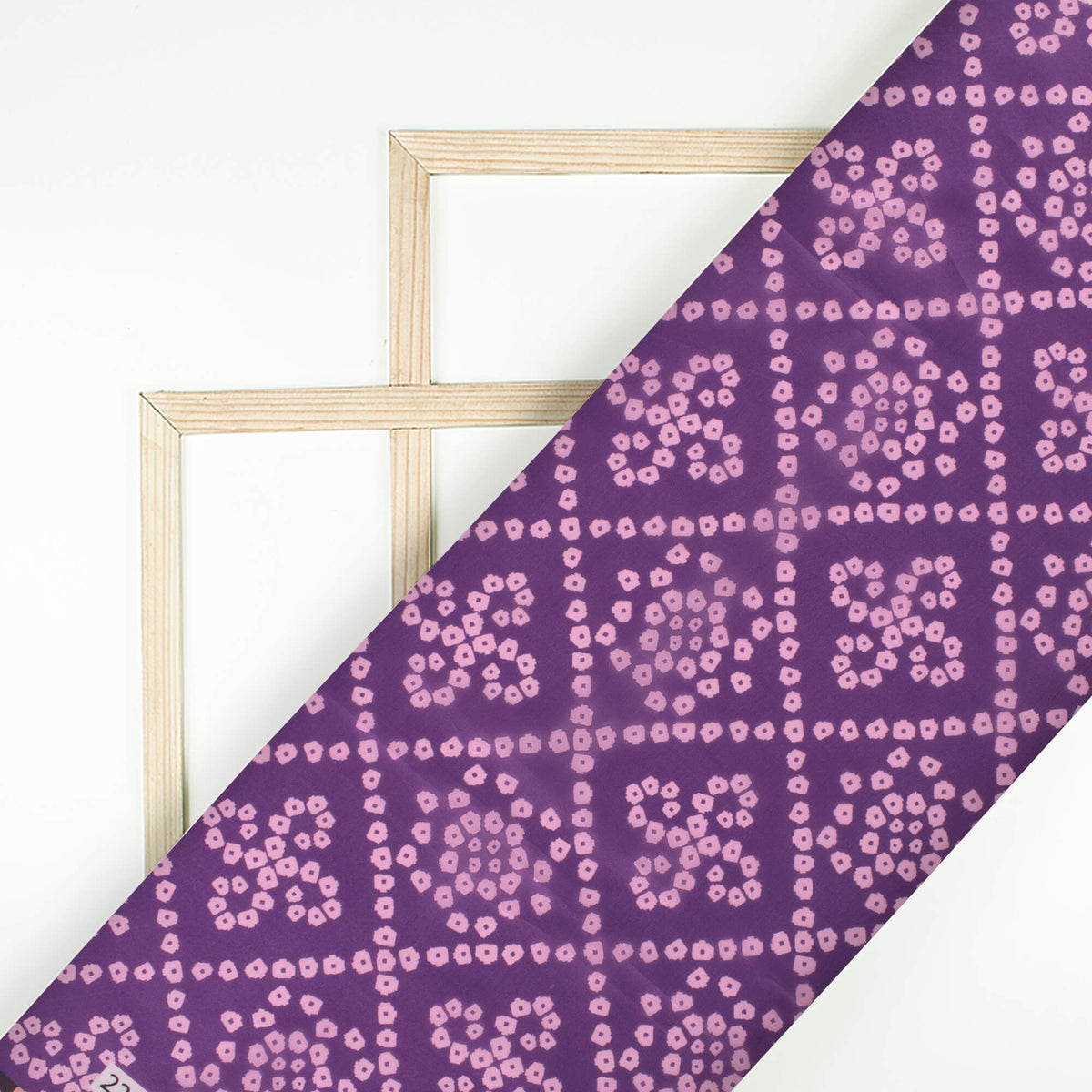
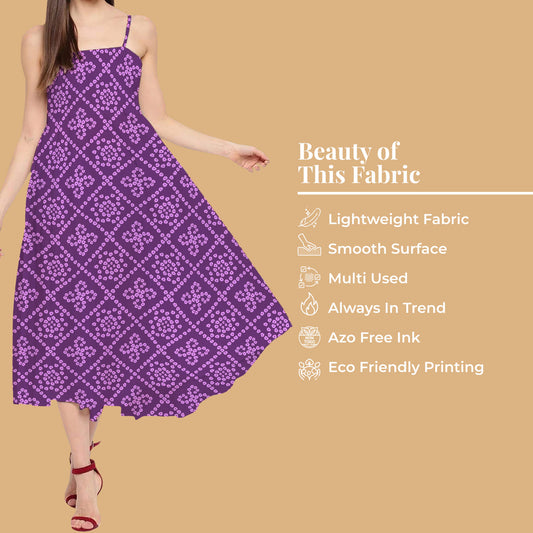 -10% off
-10% off
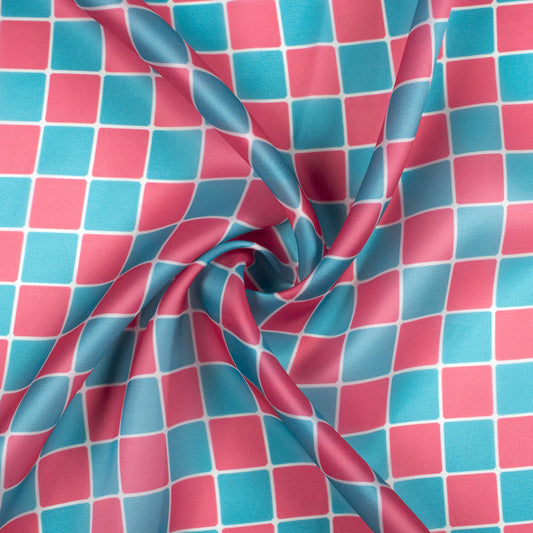 -10% off
-10% off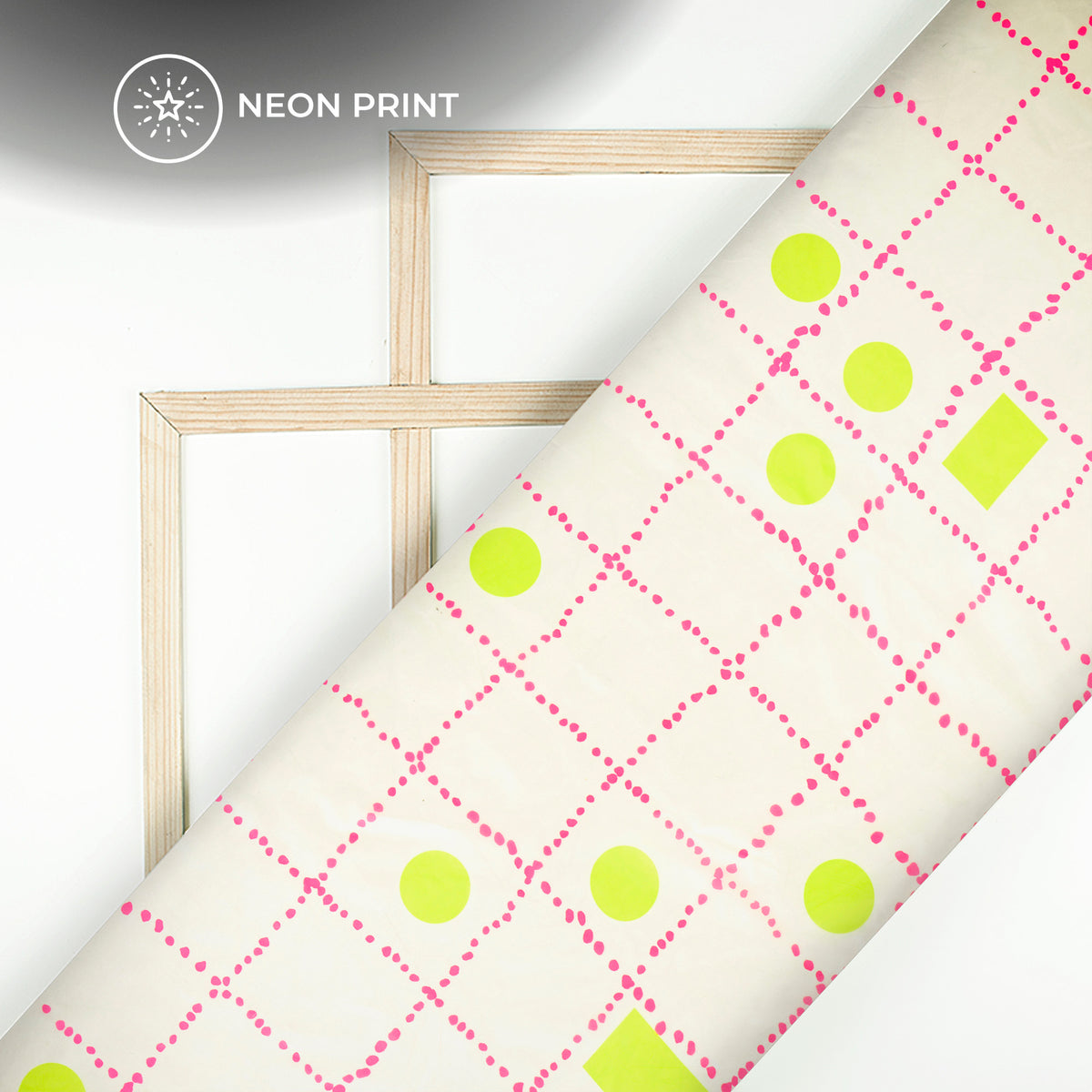
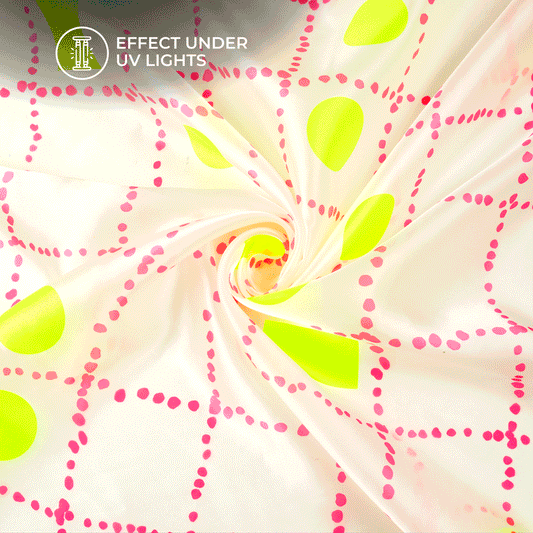 -10% off
-10% off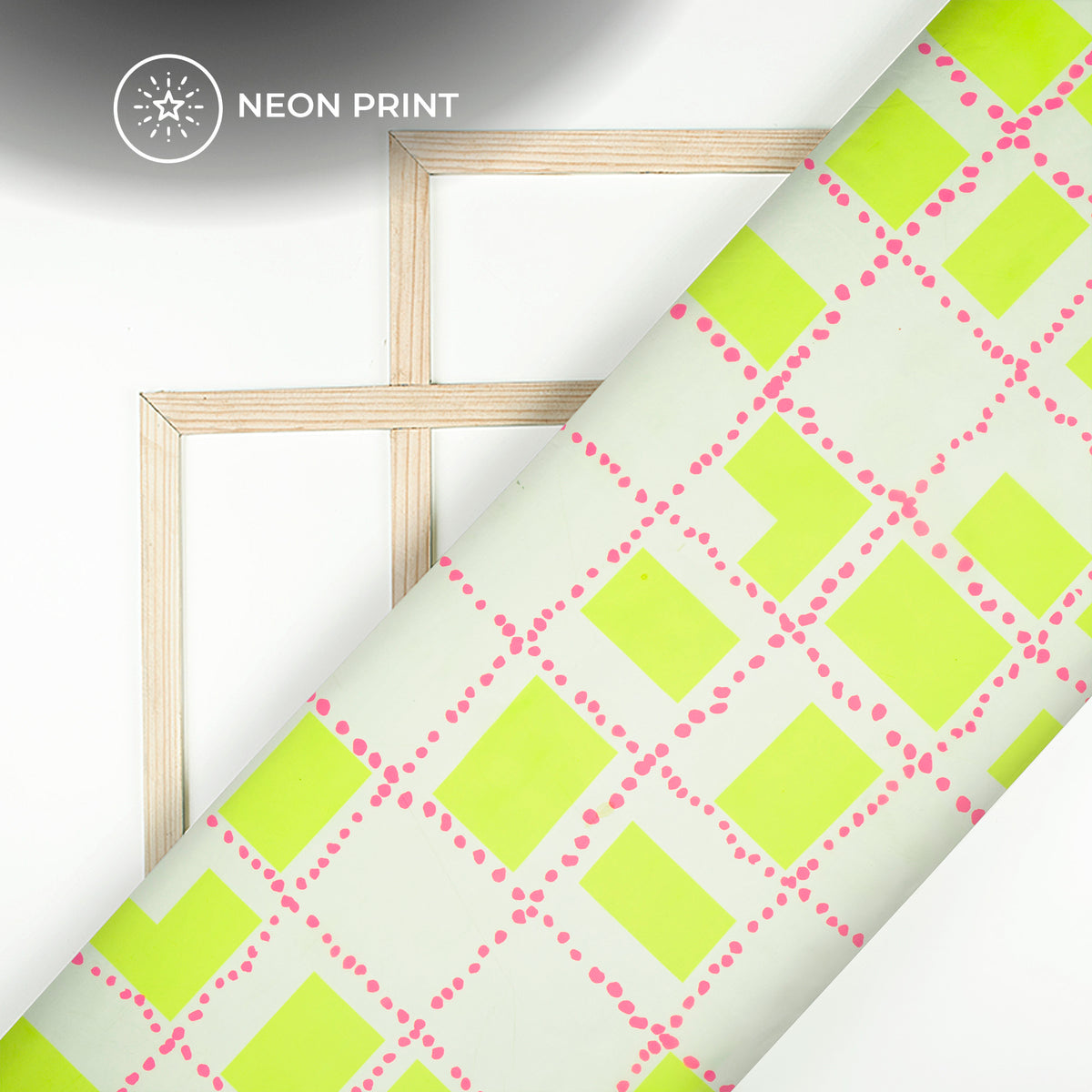
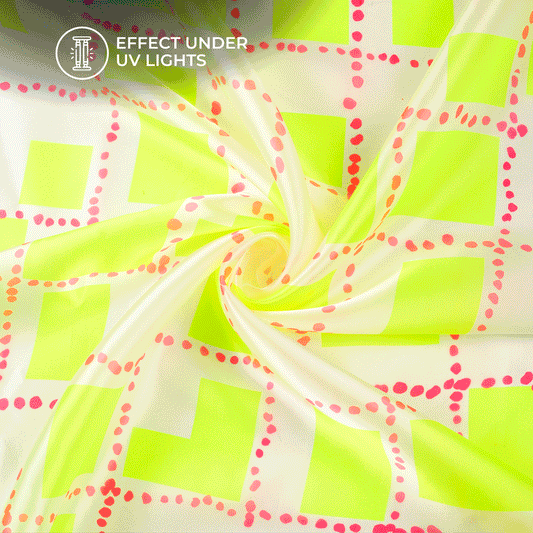 -10% off
-10% off


